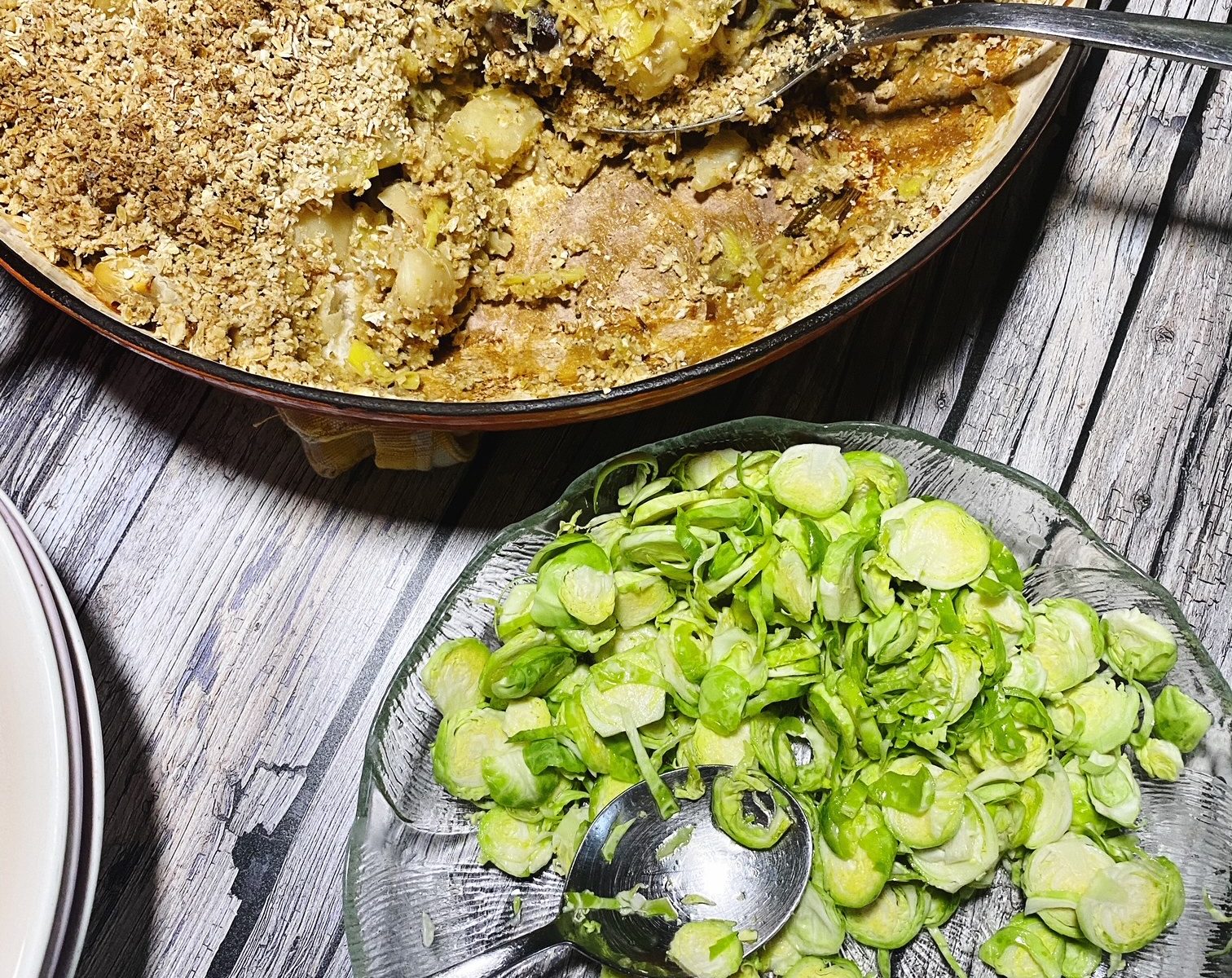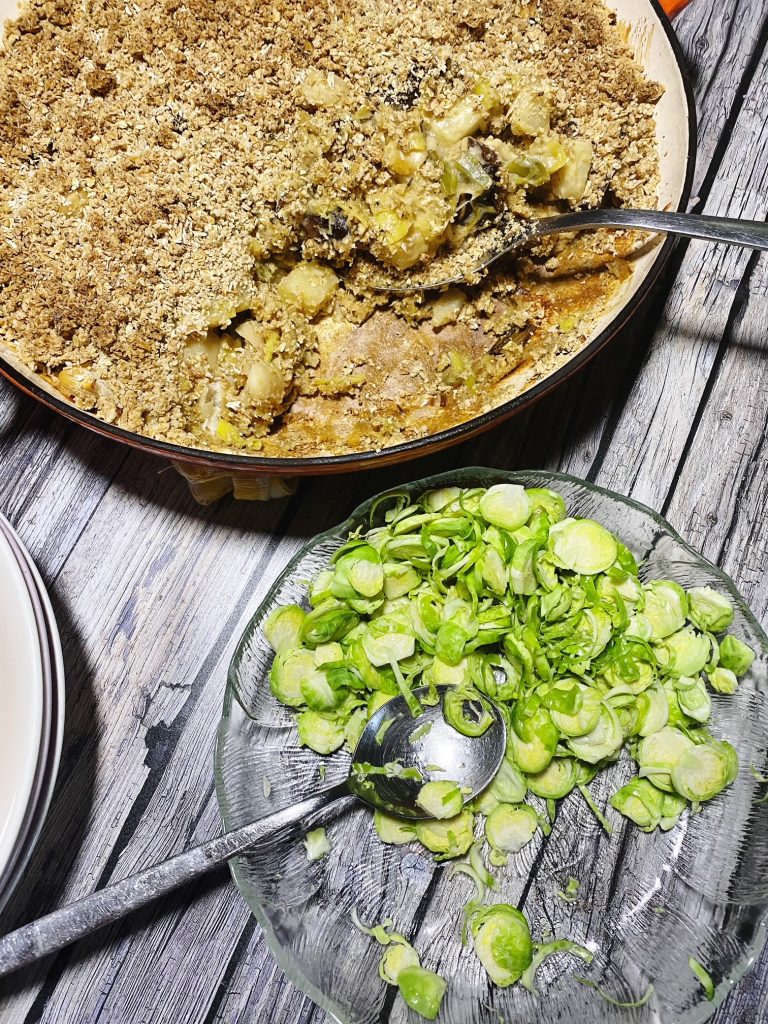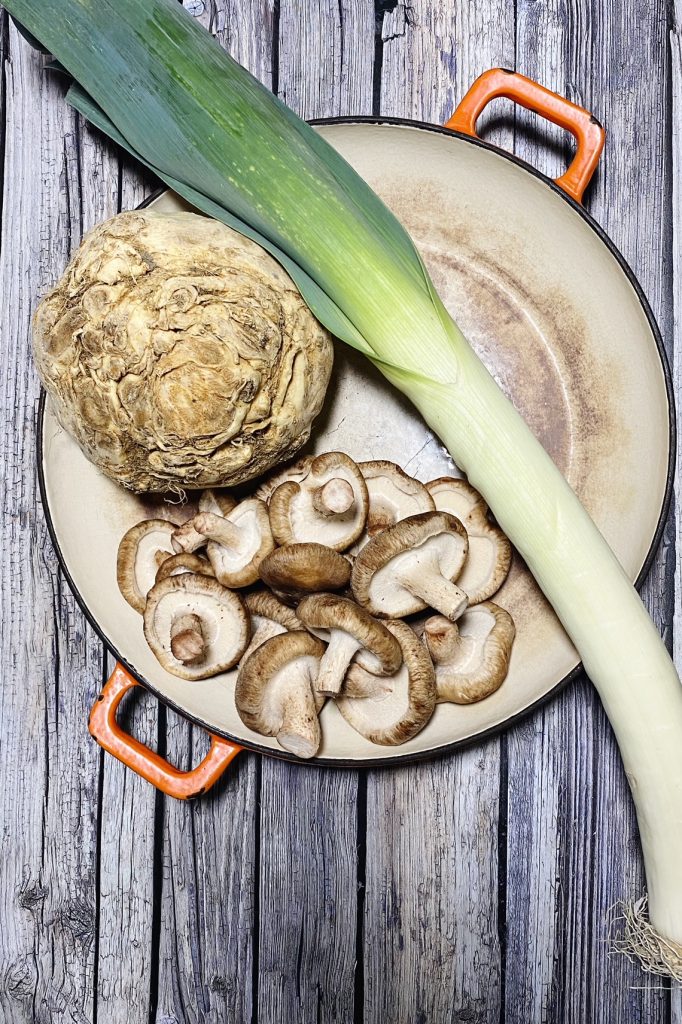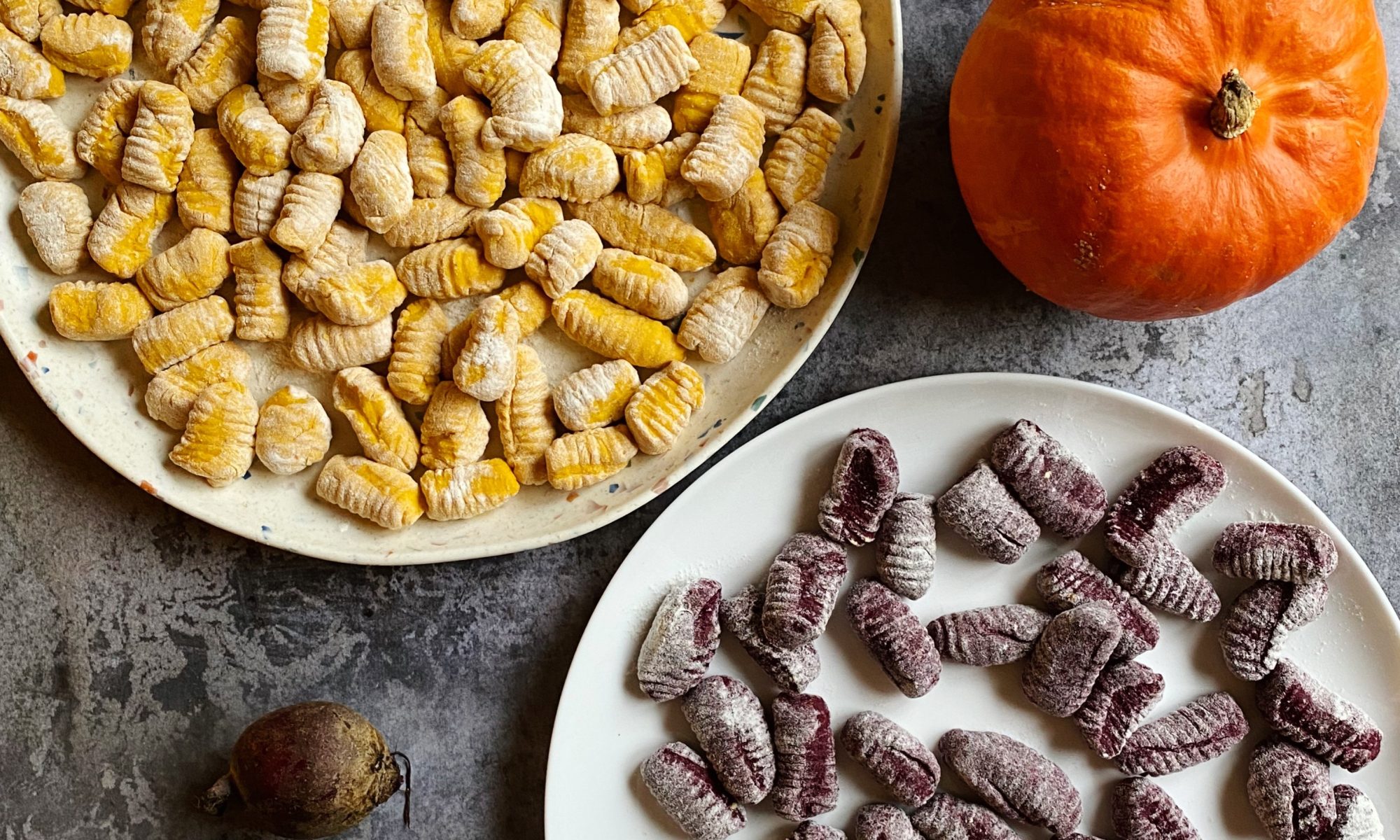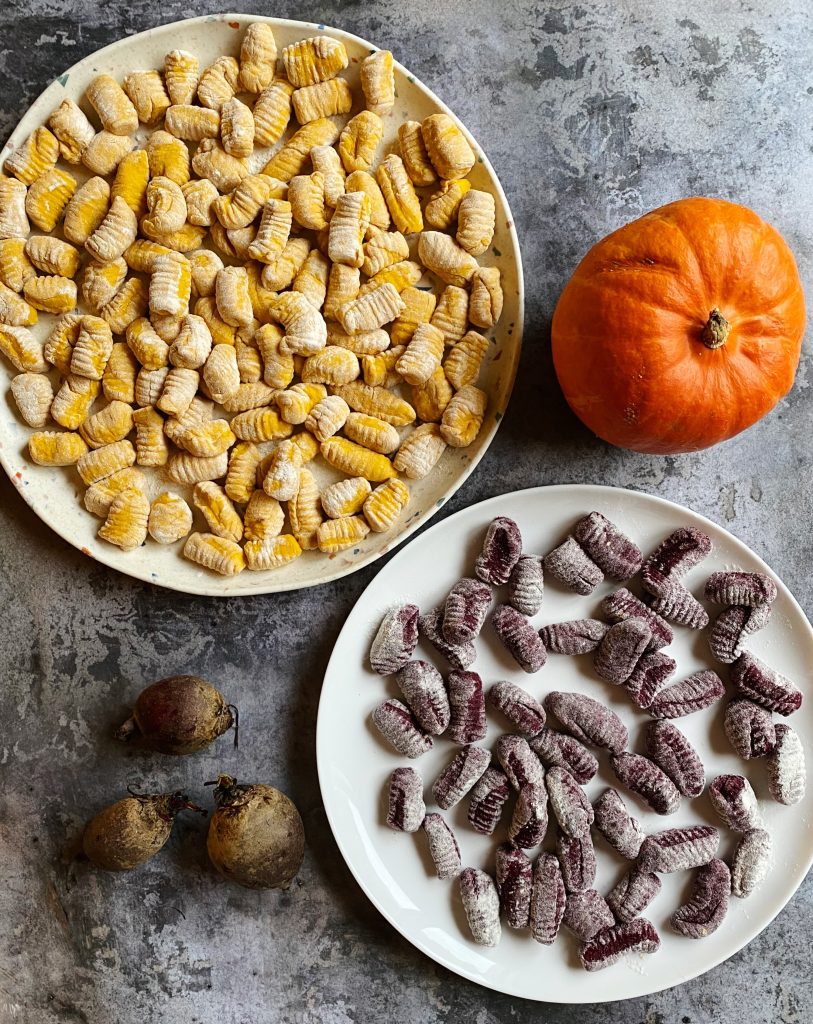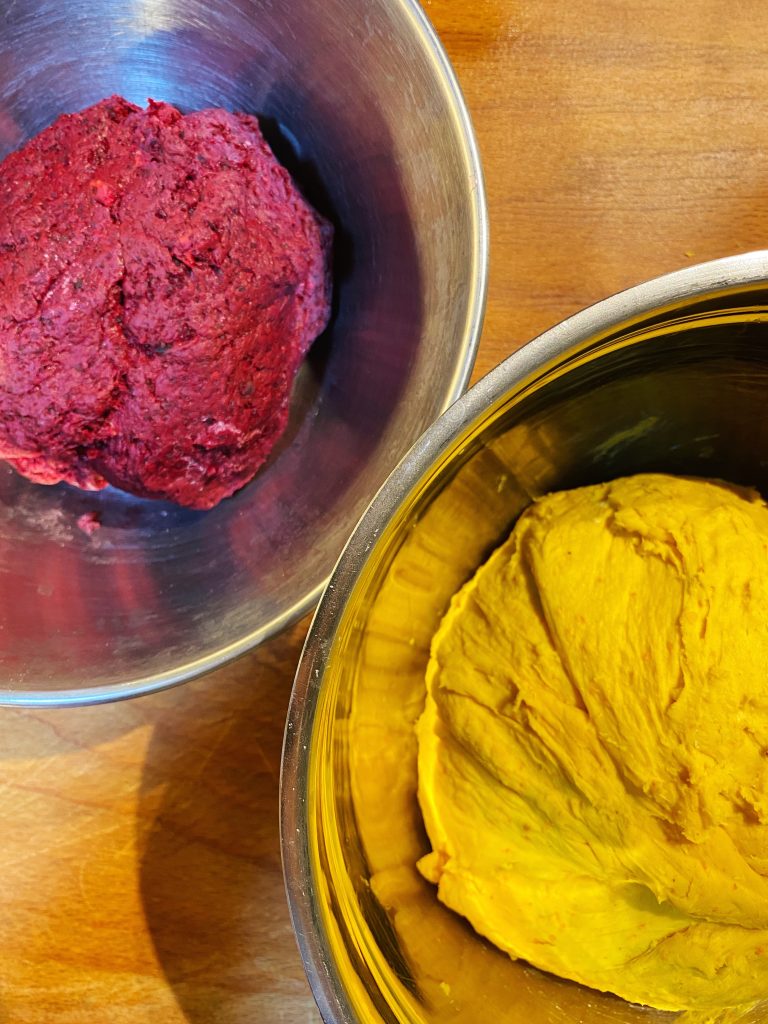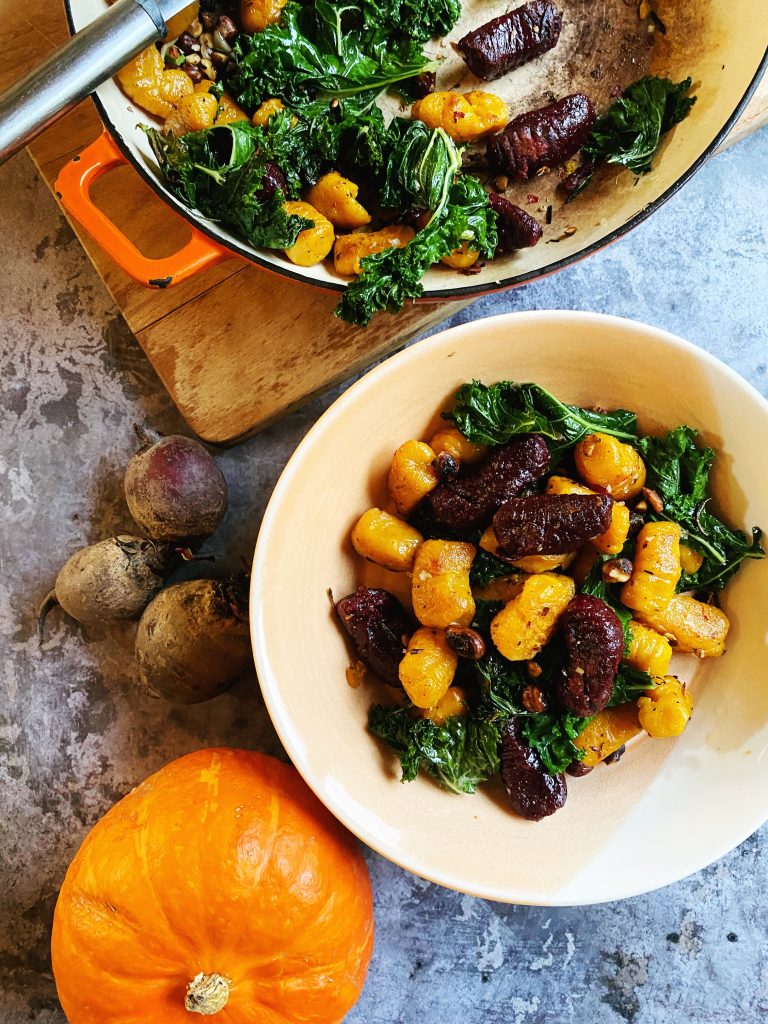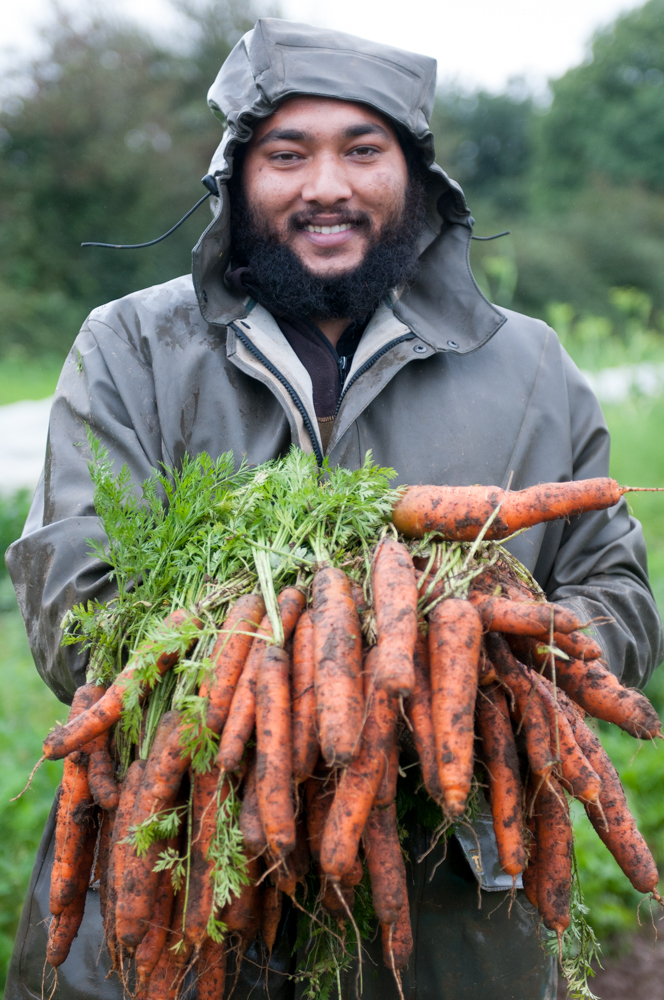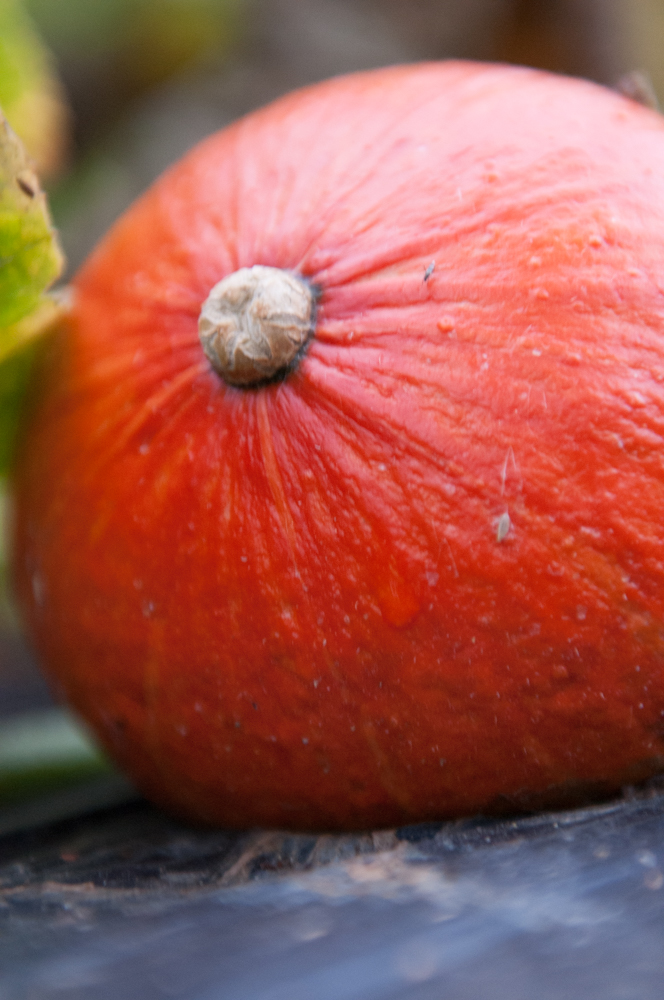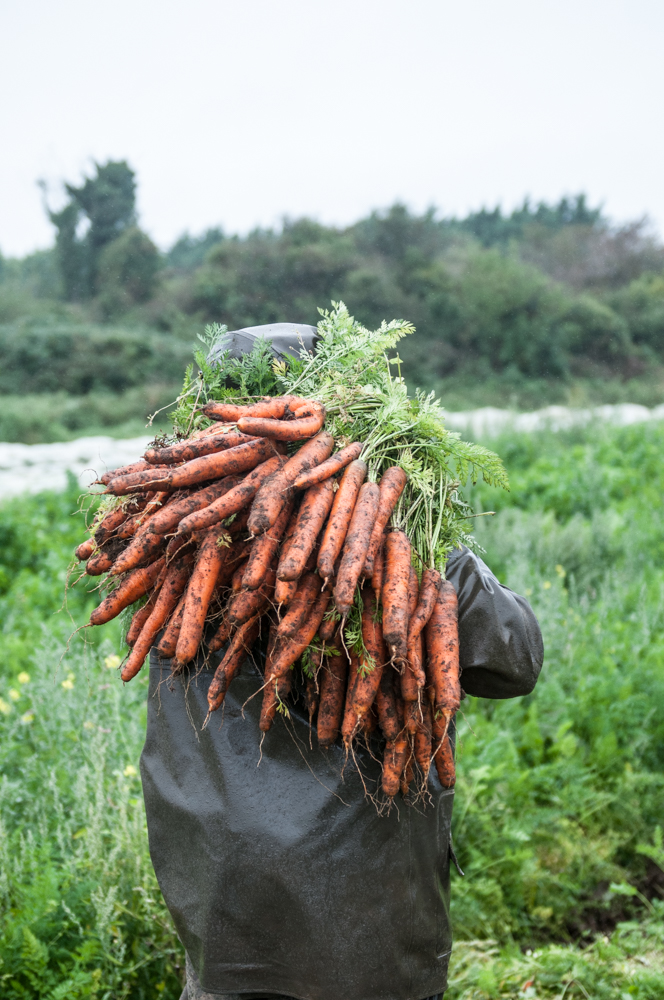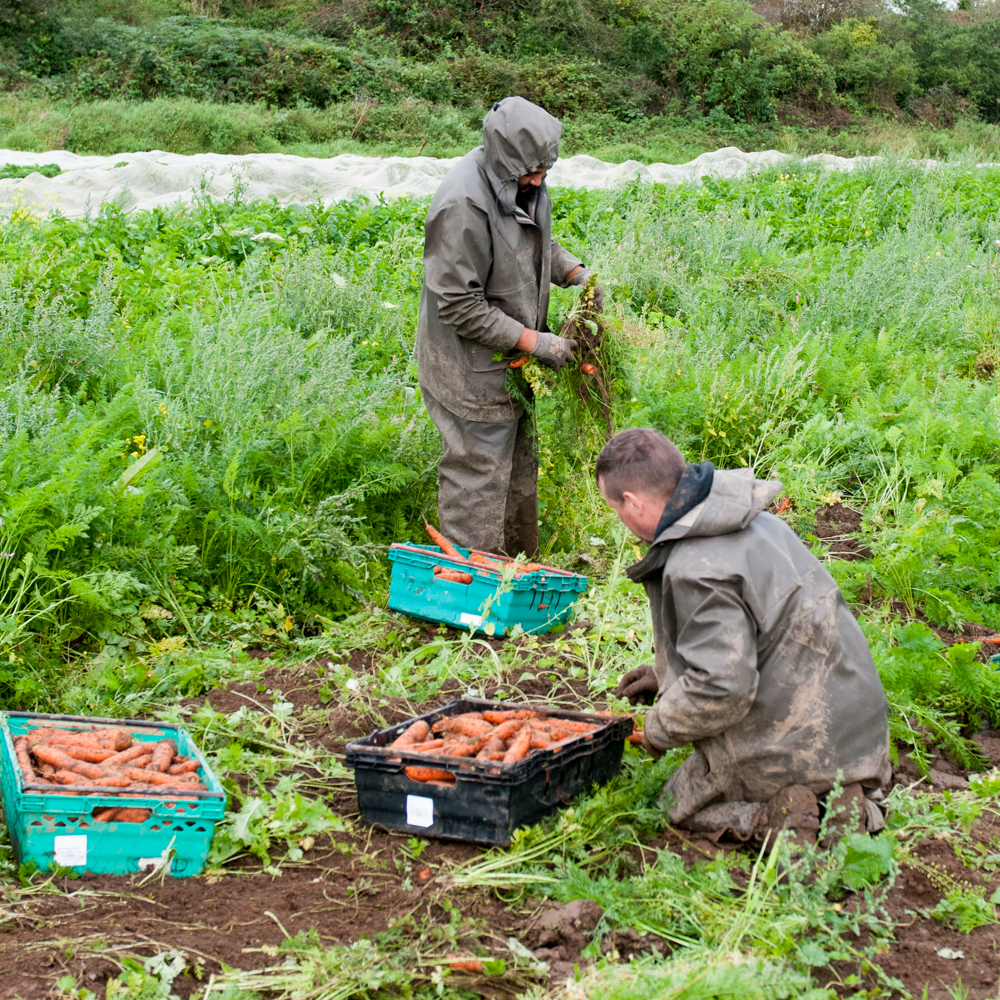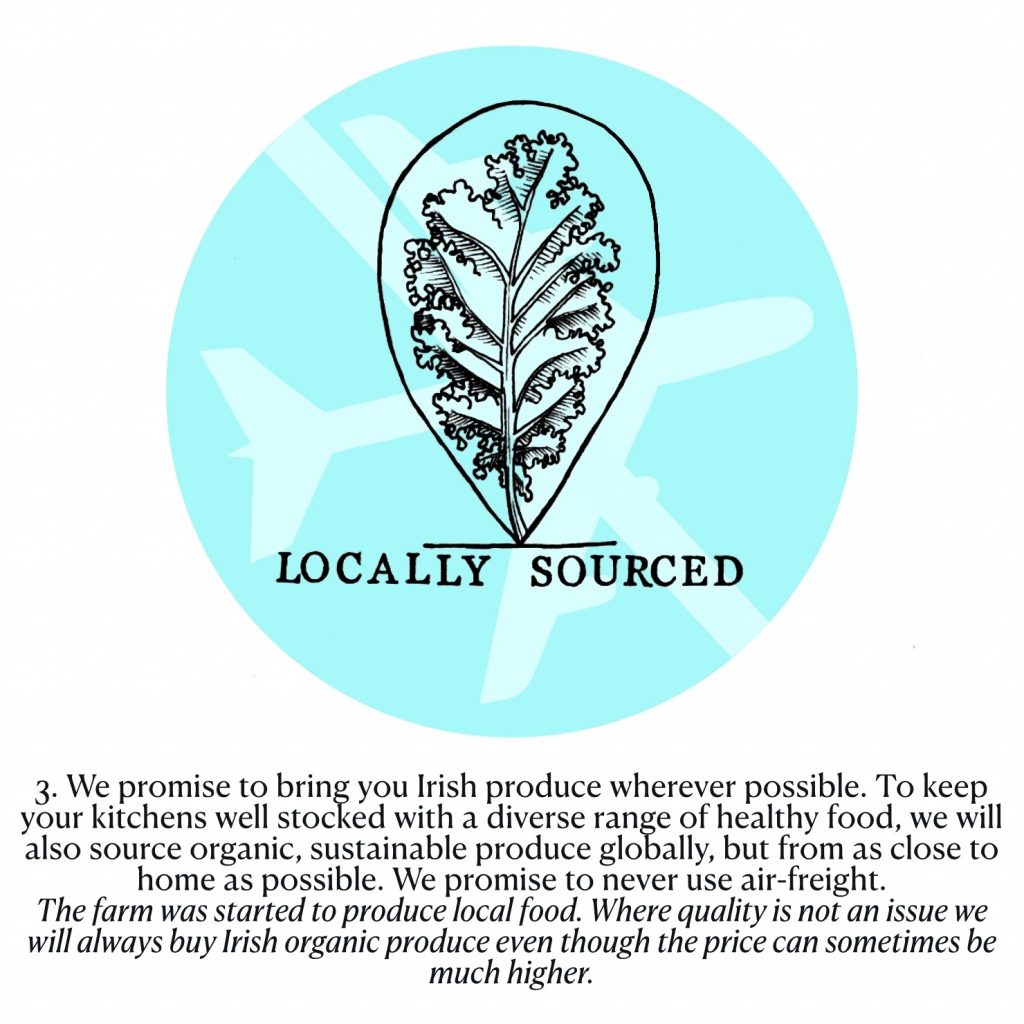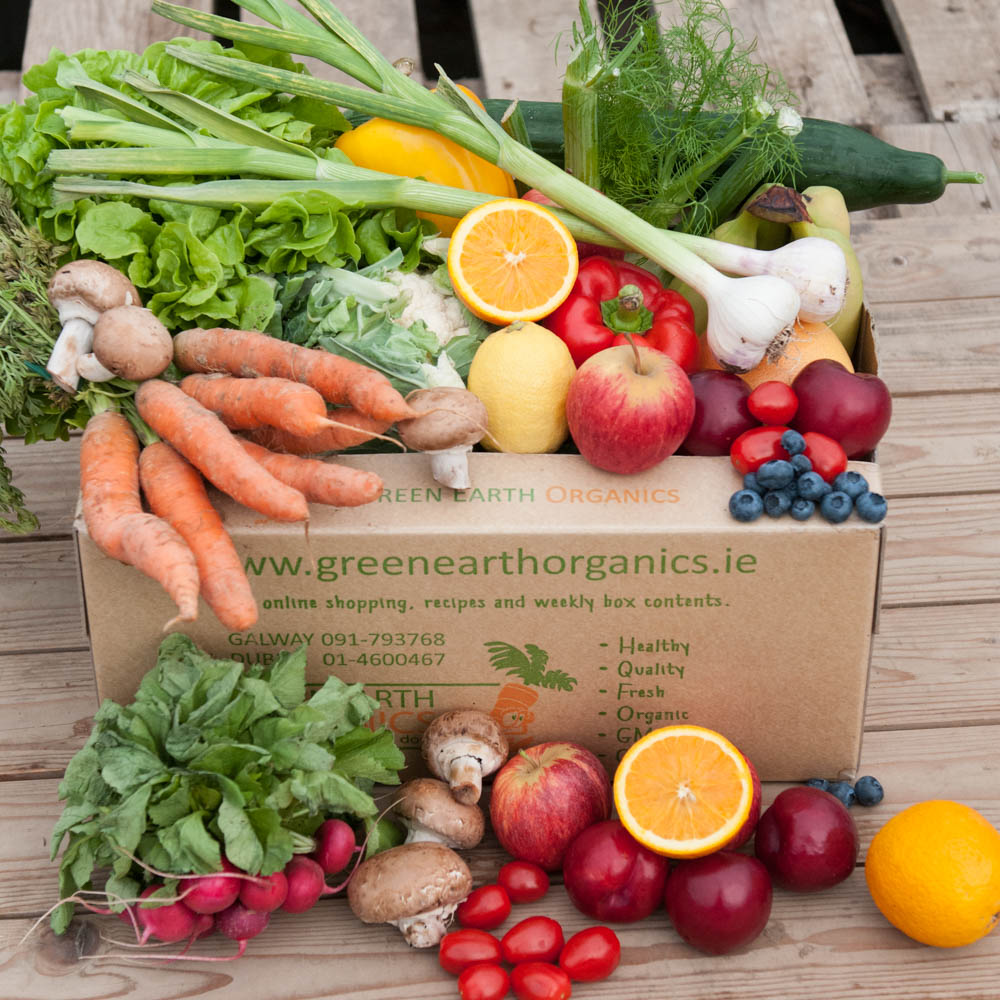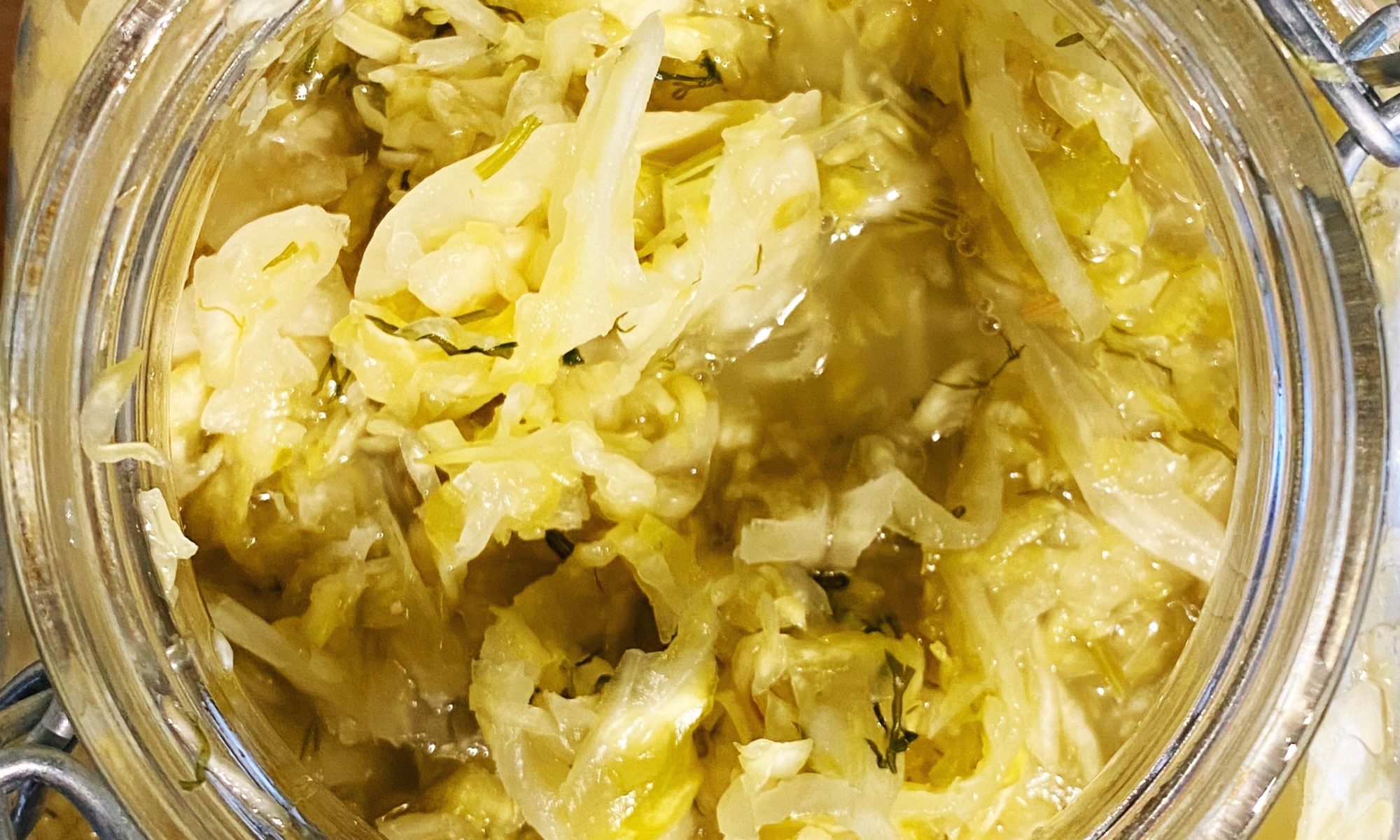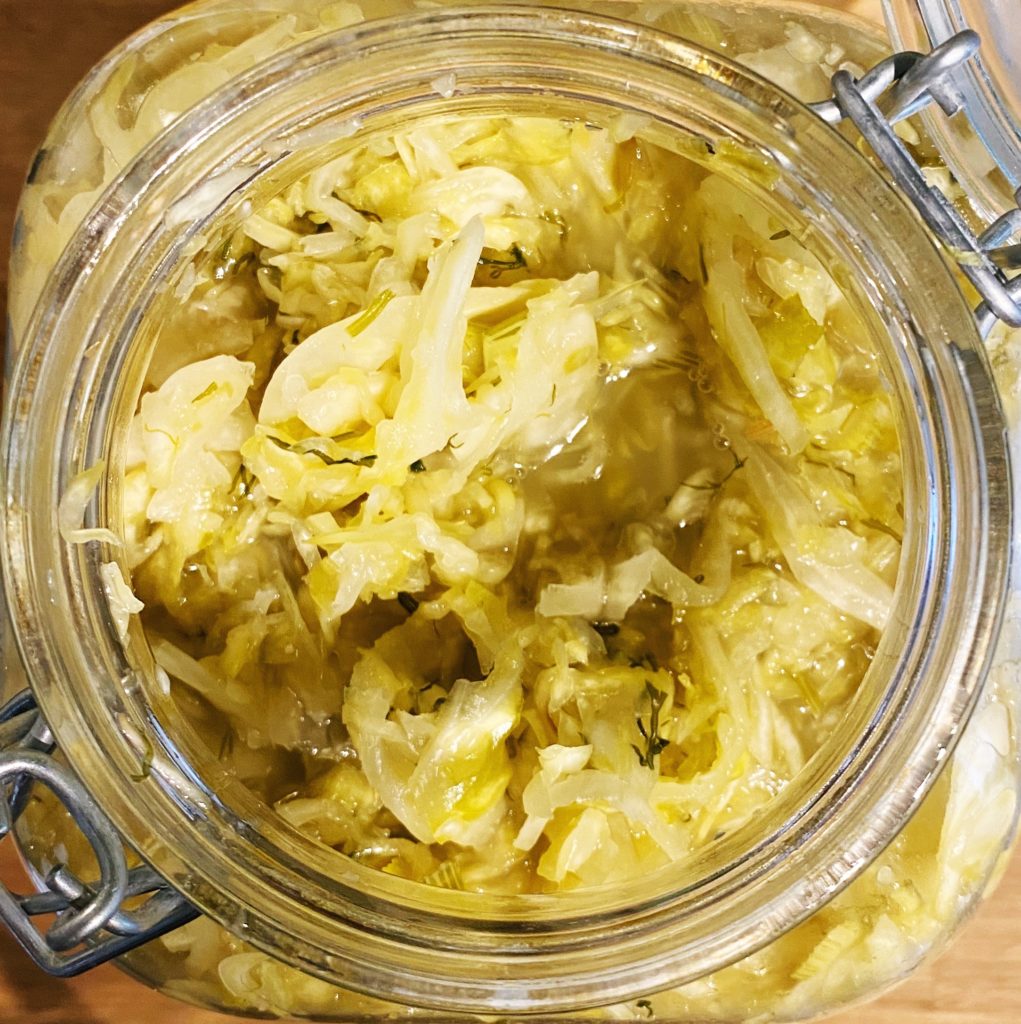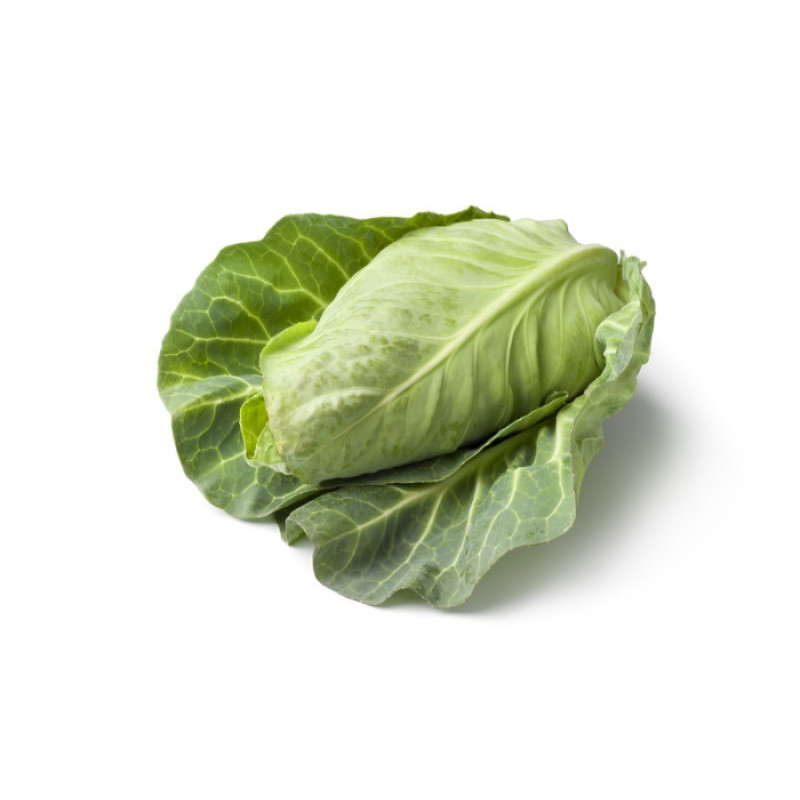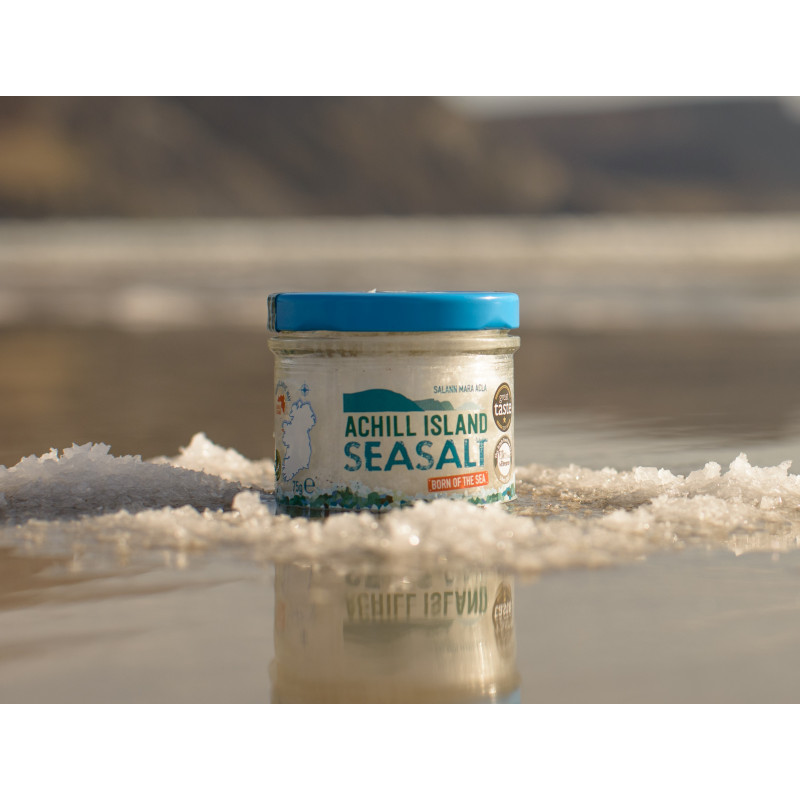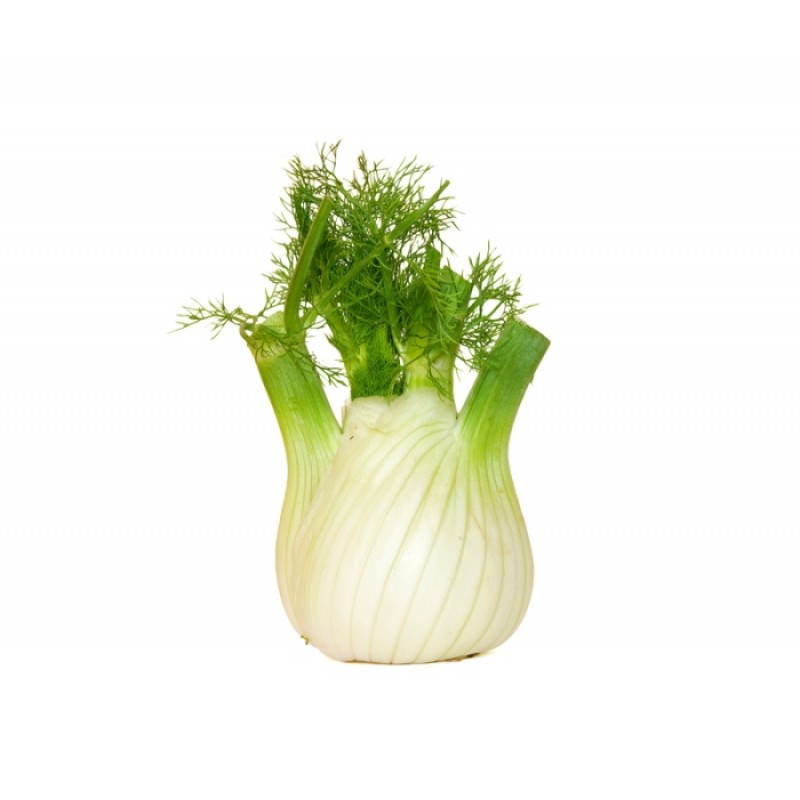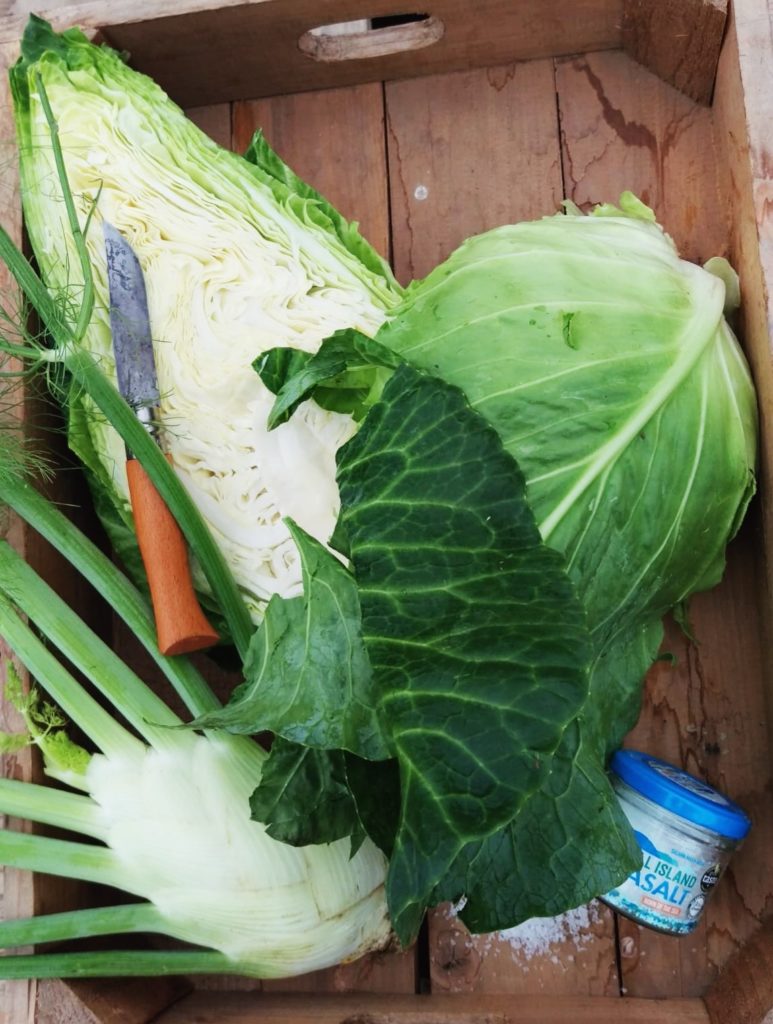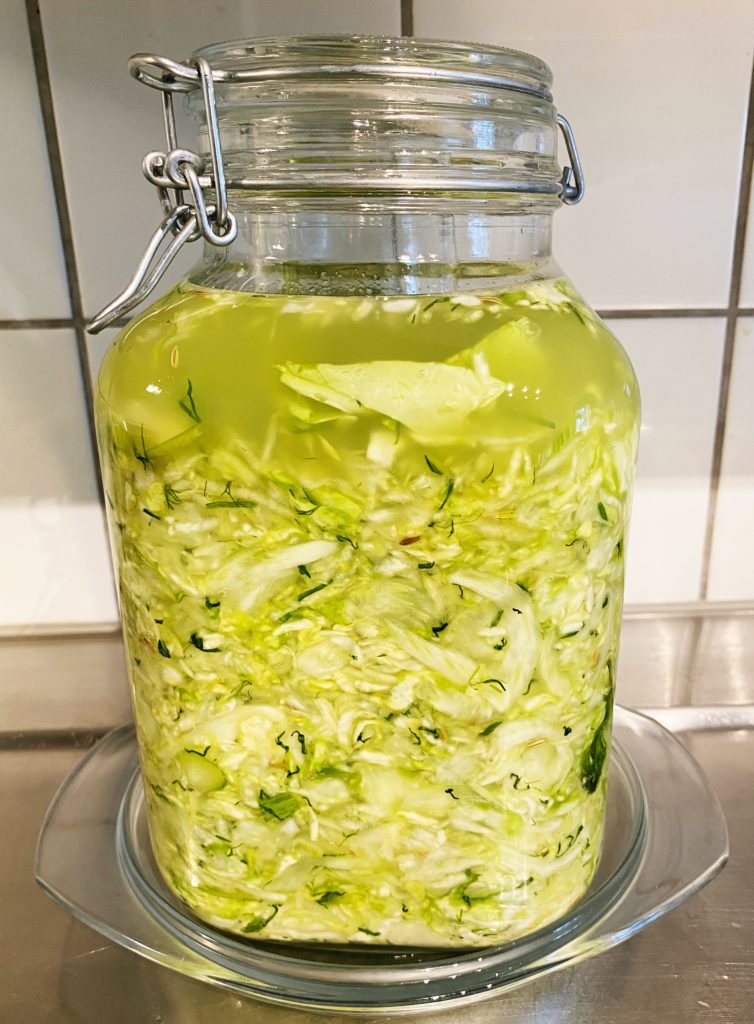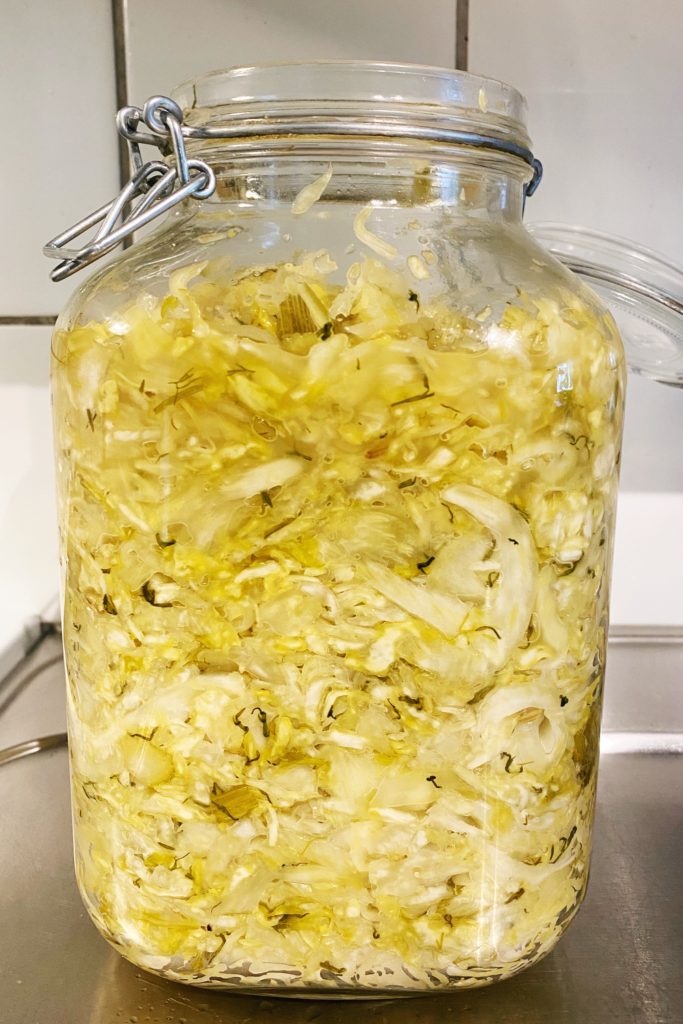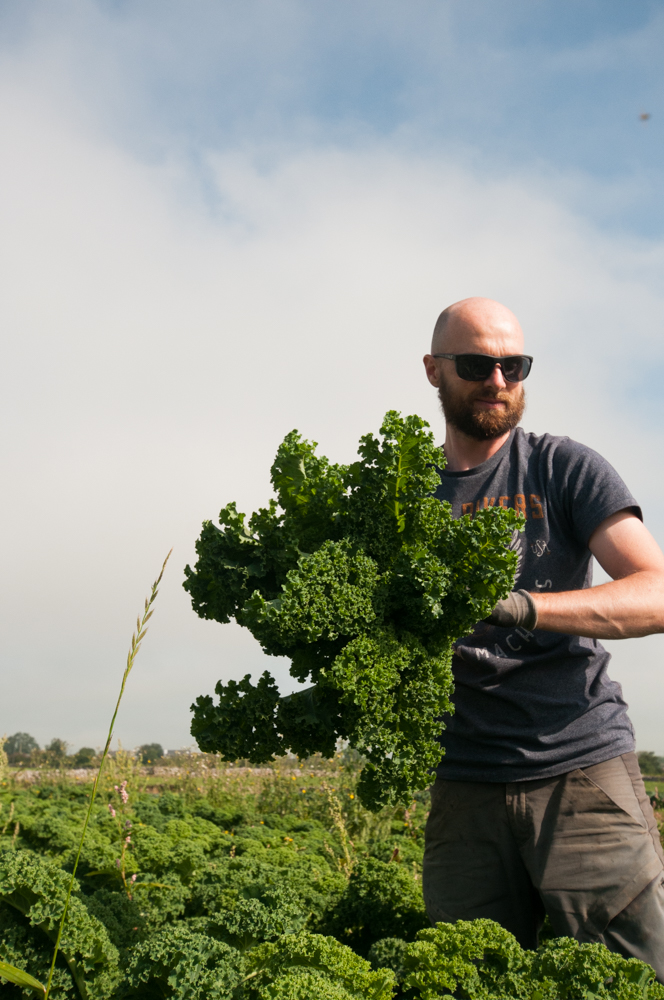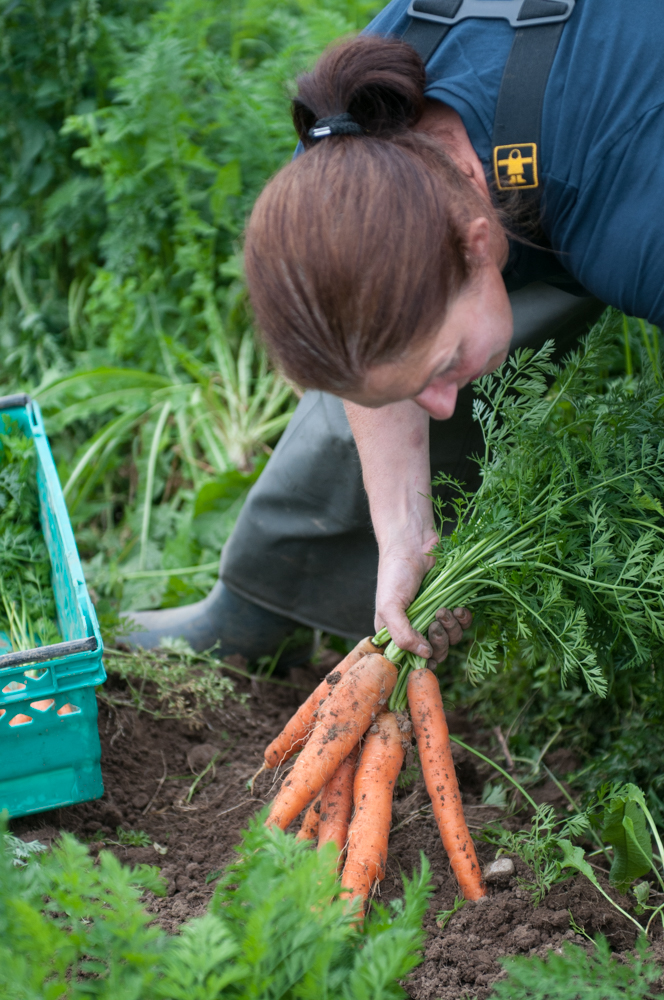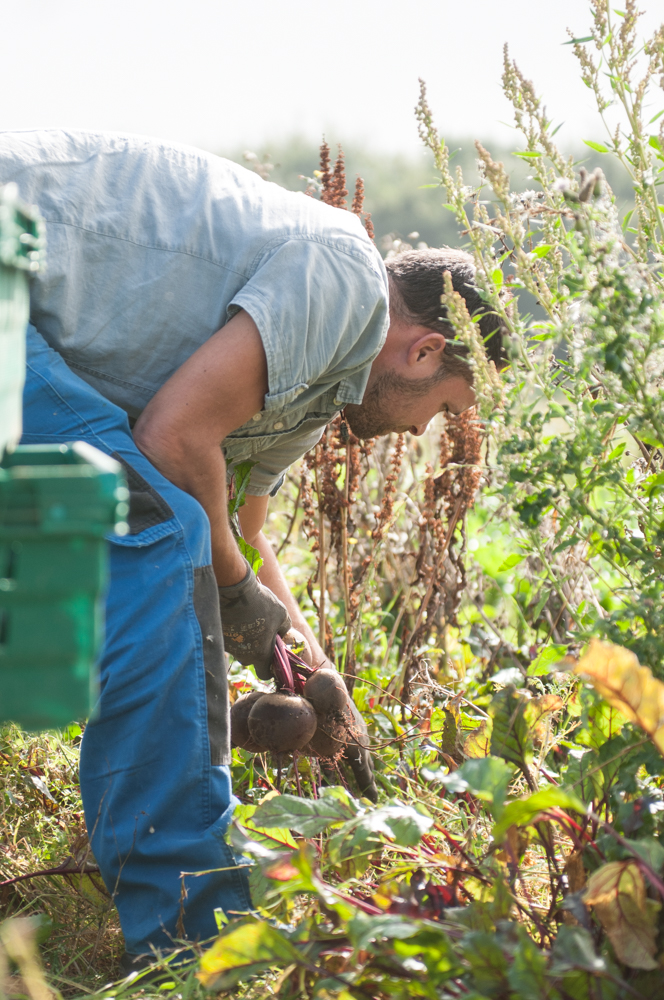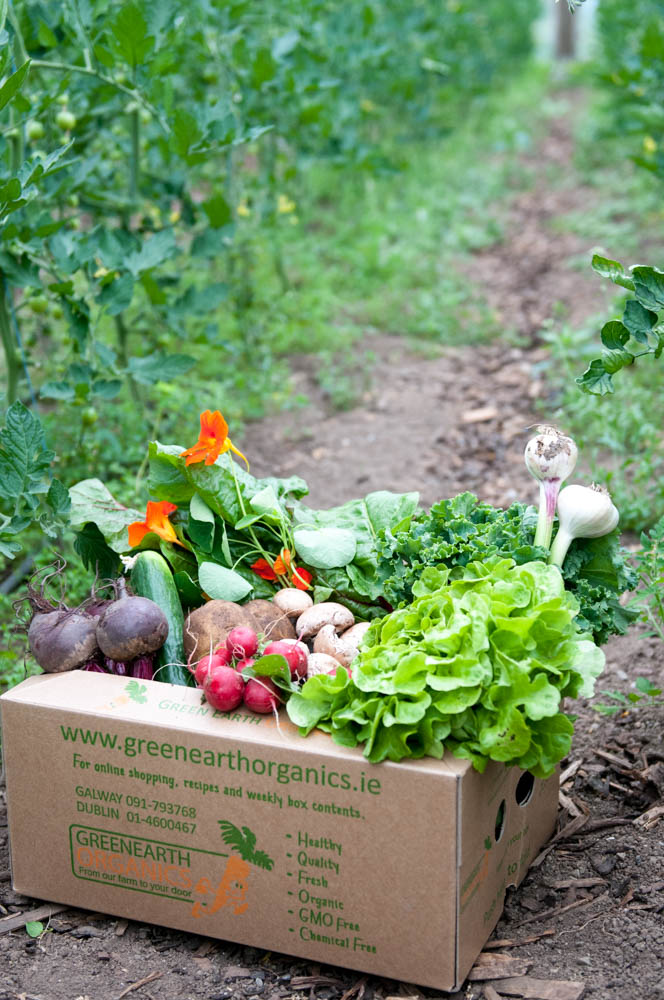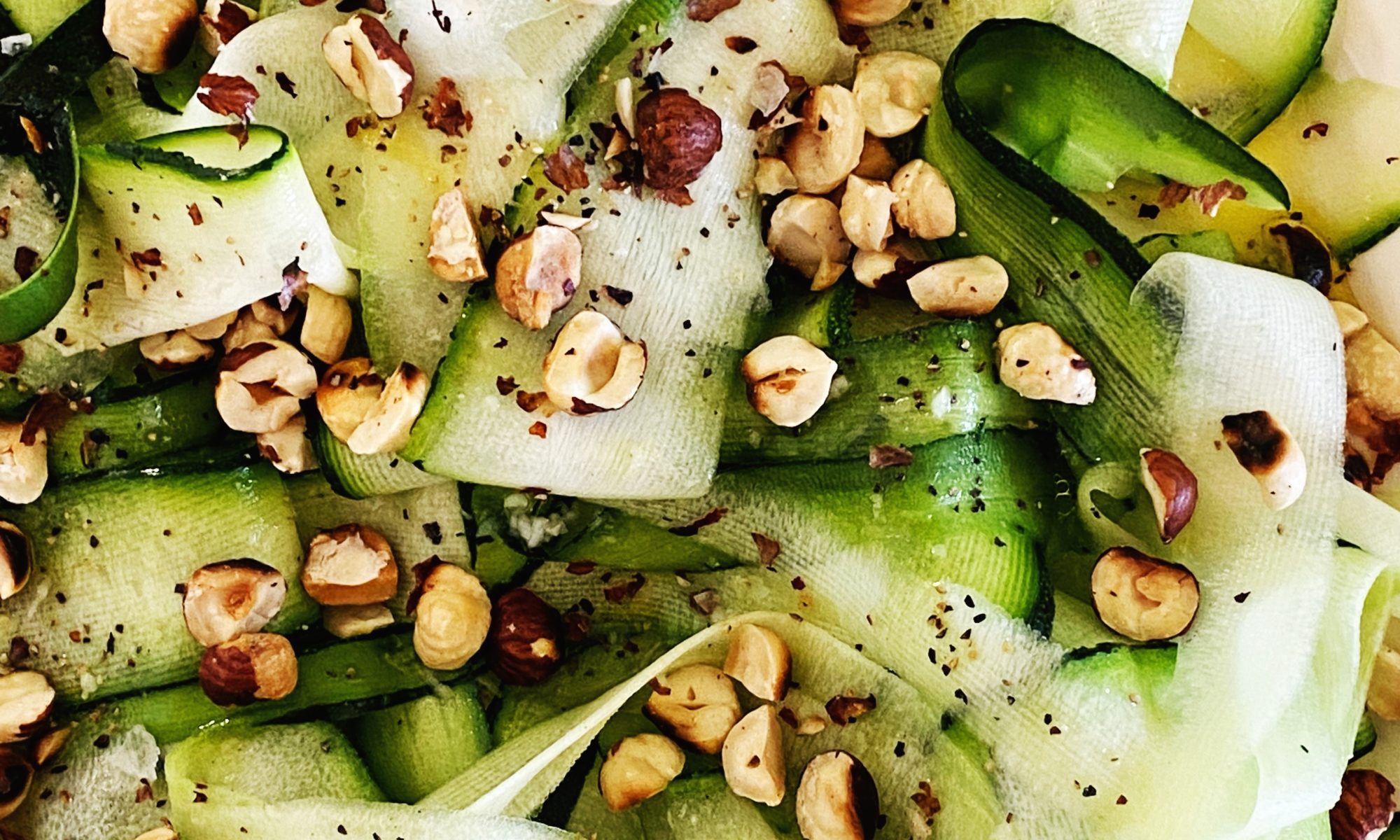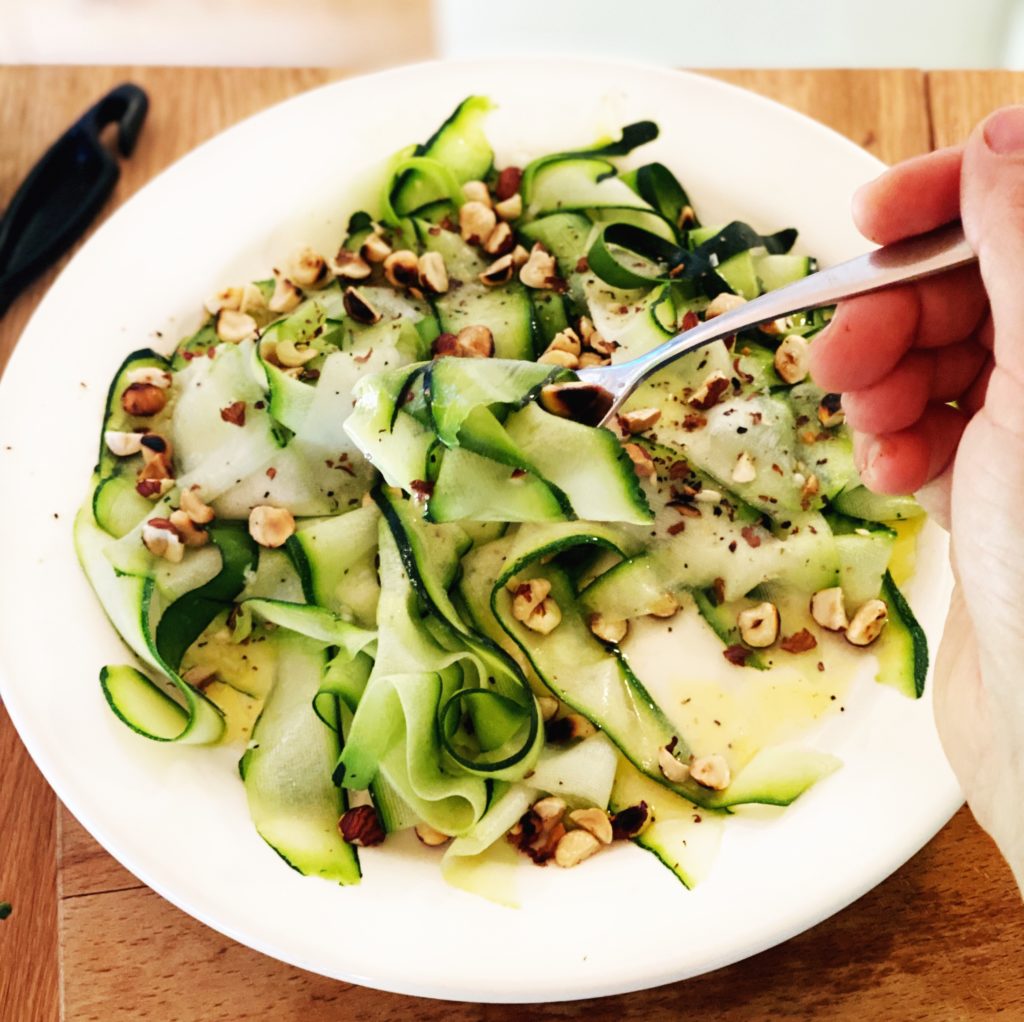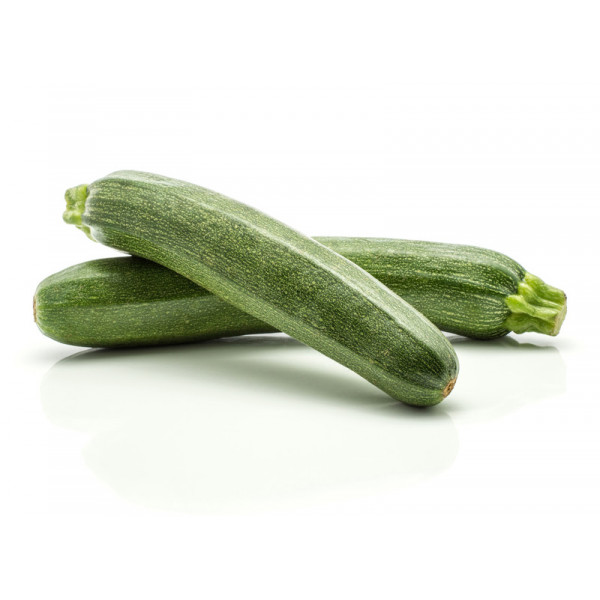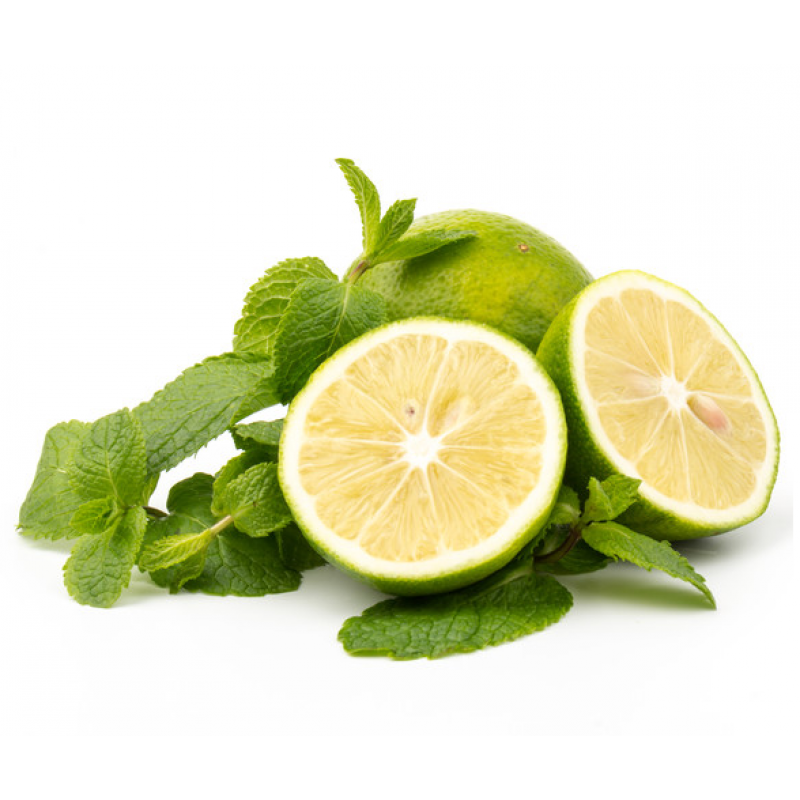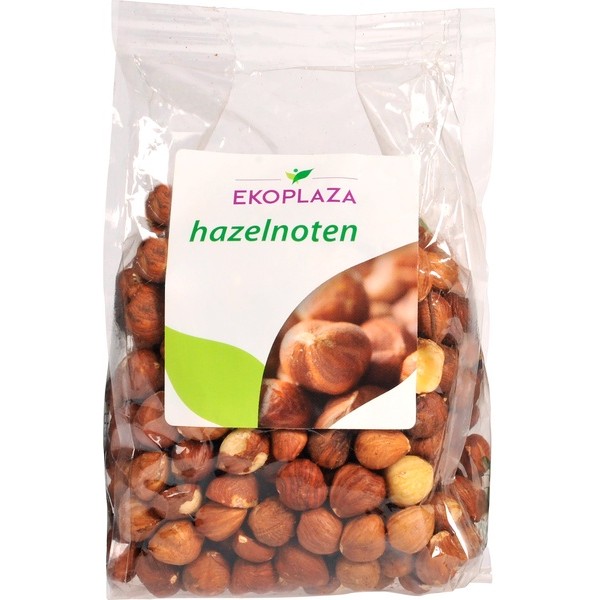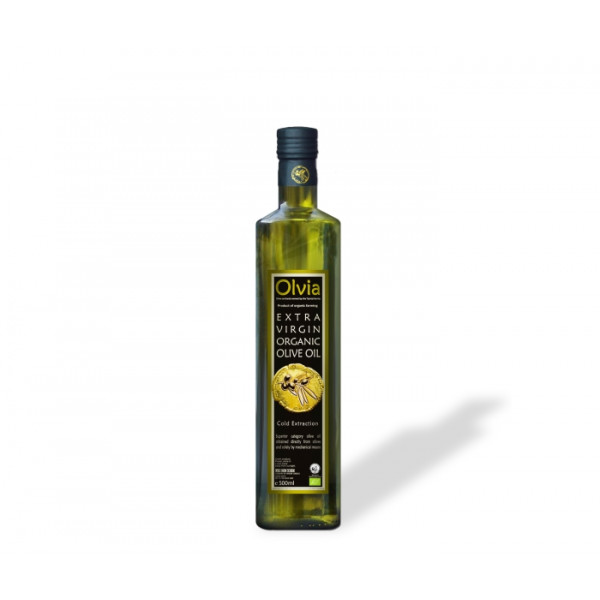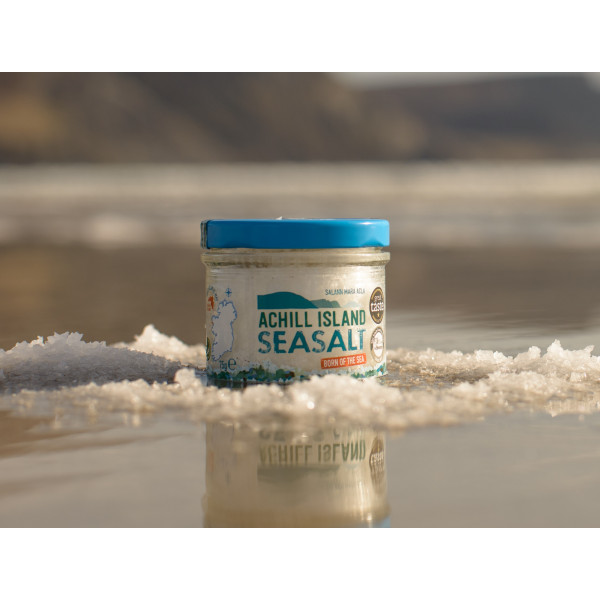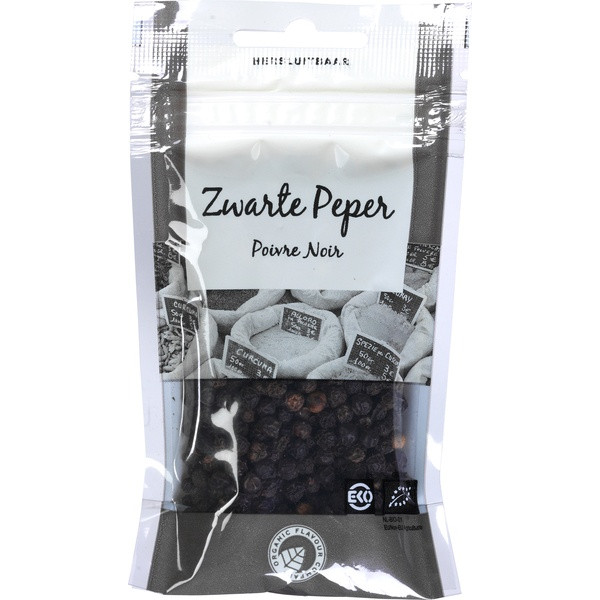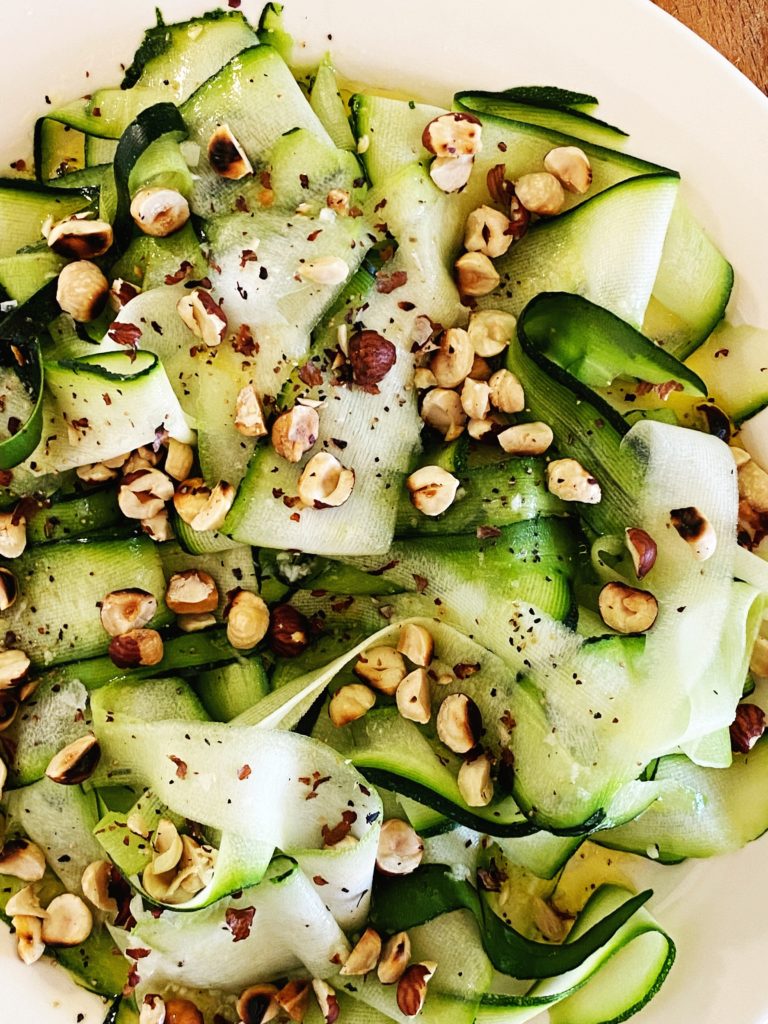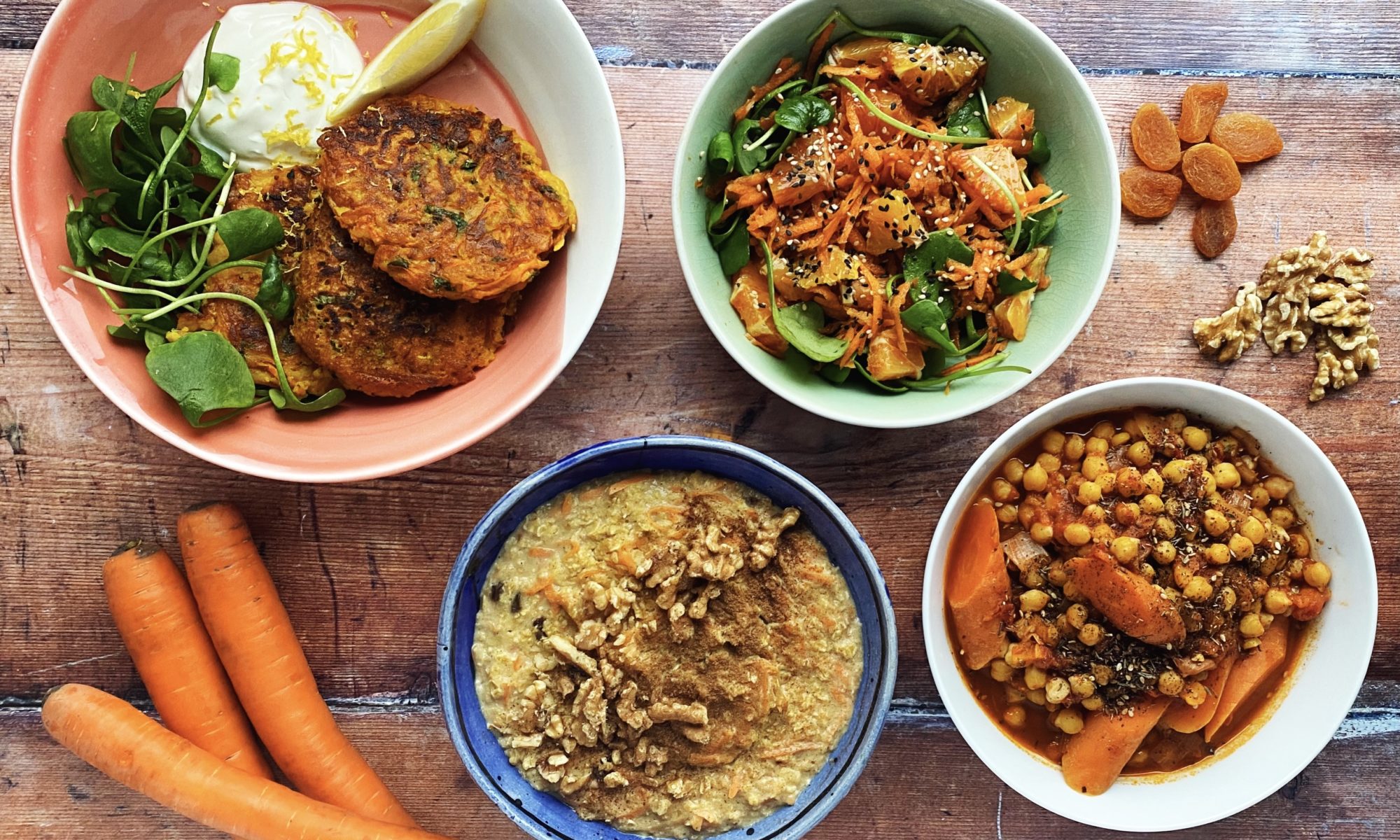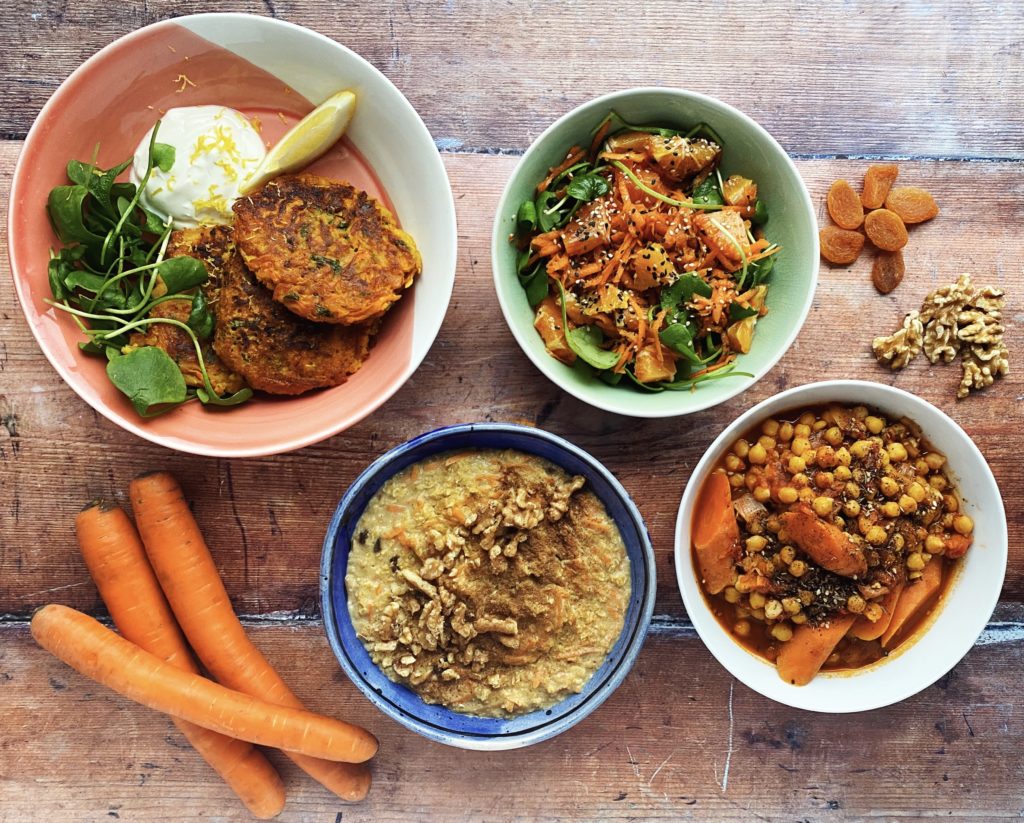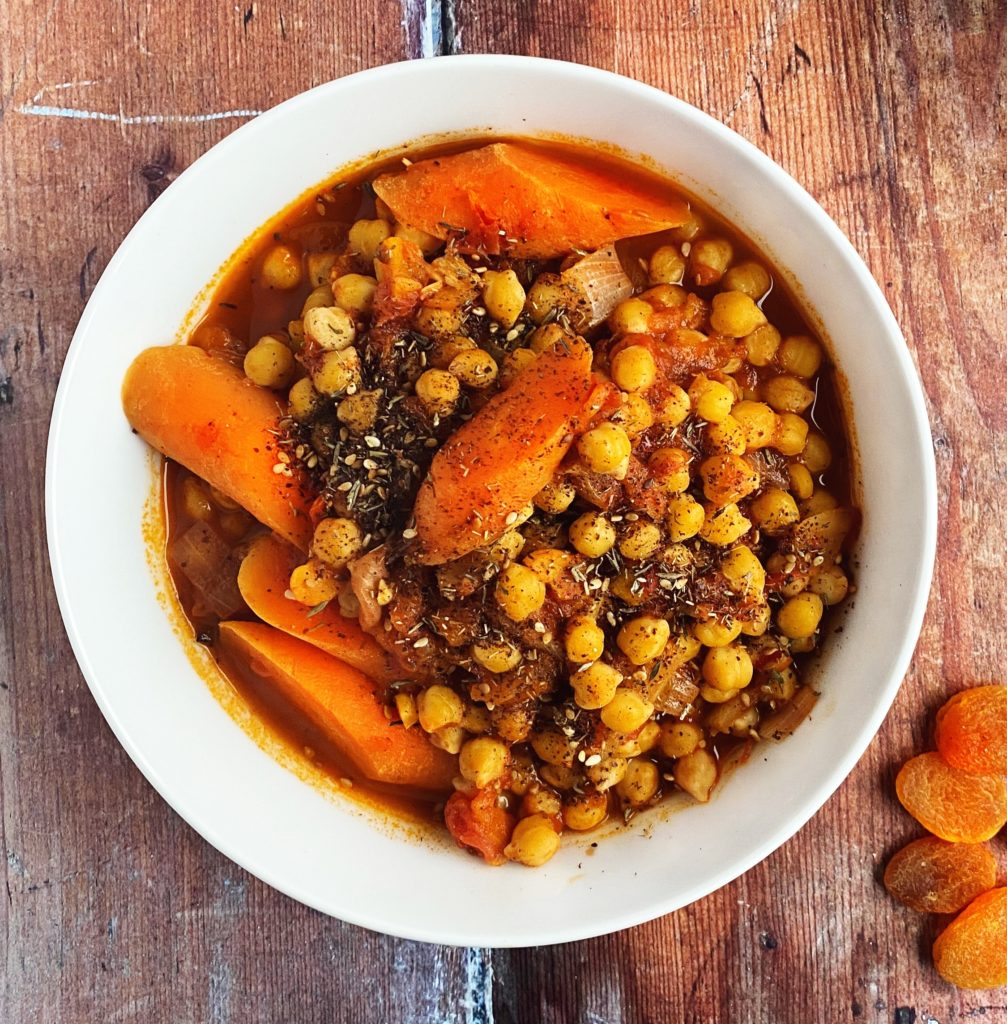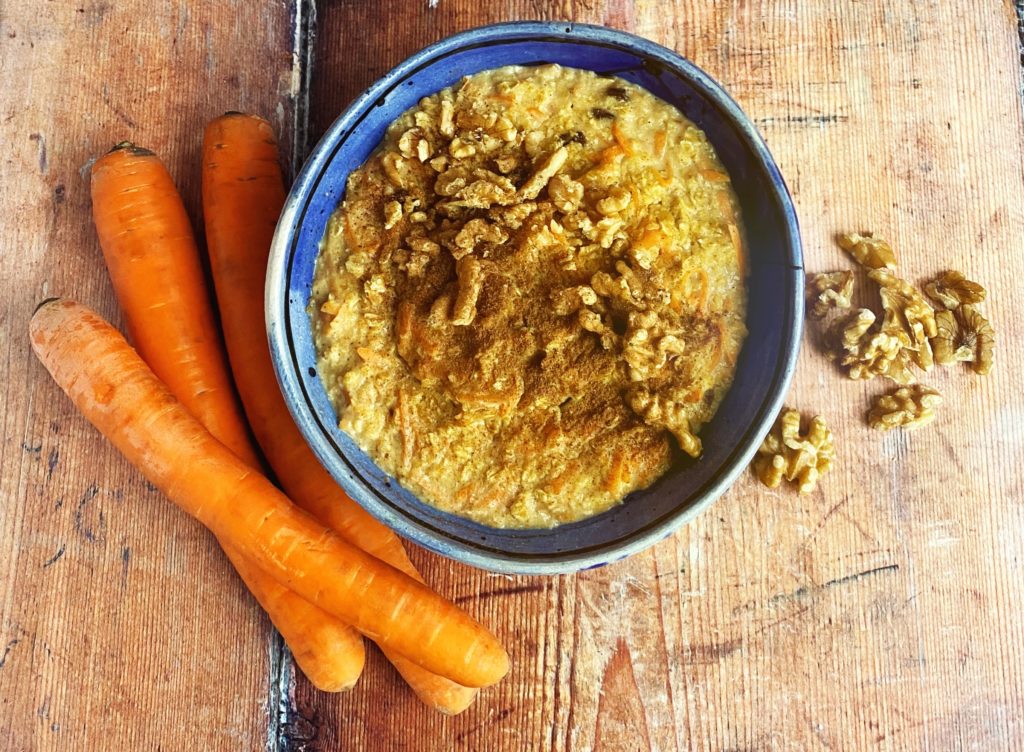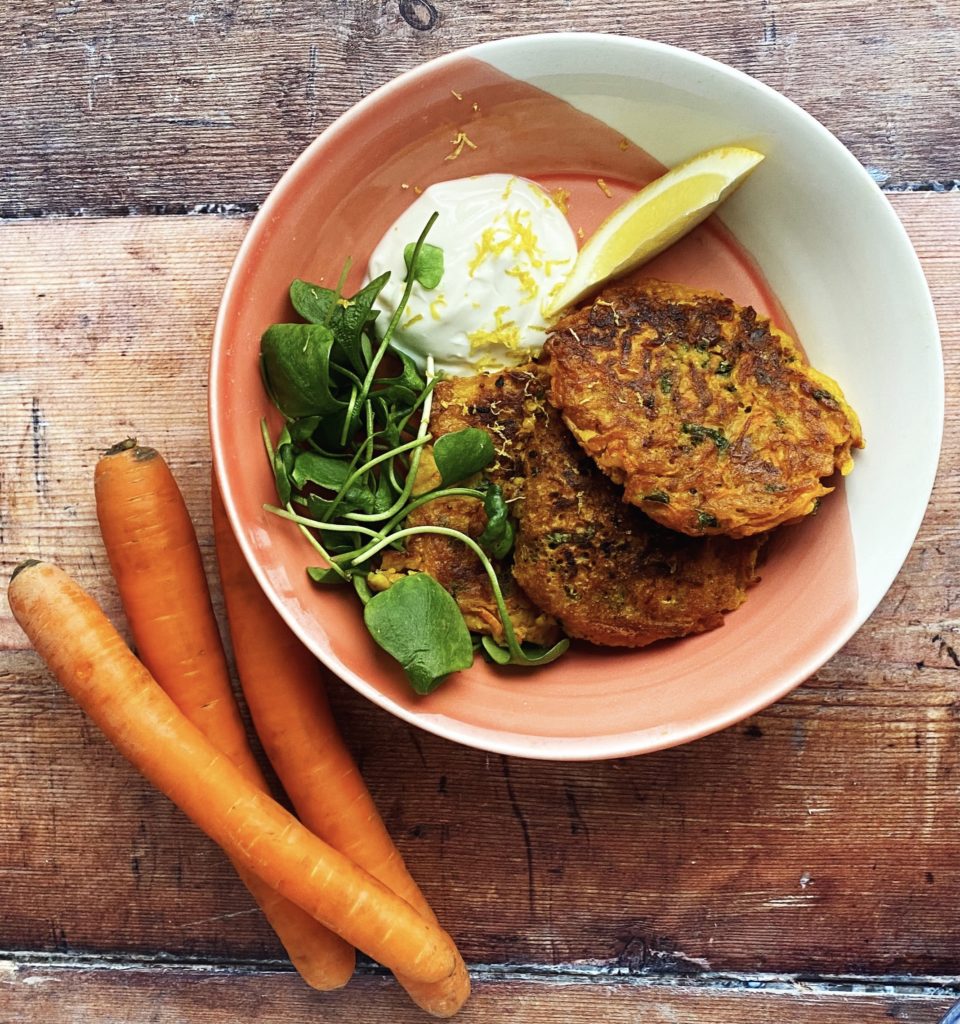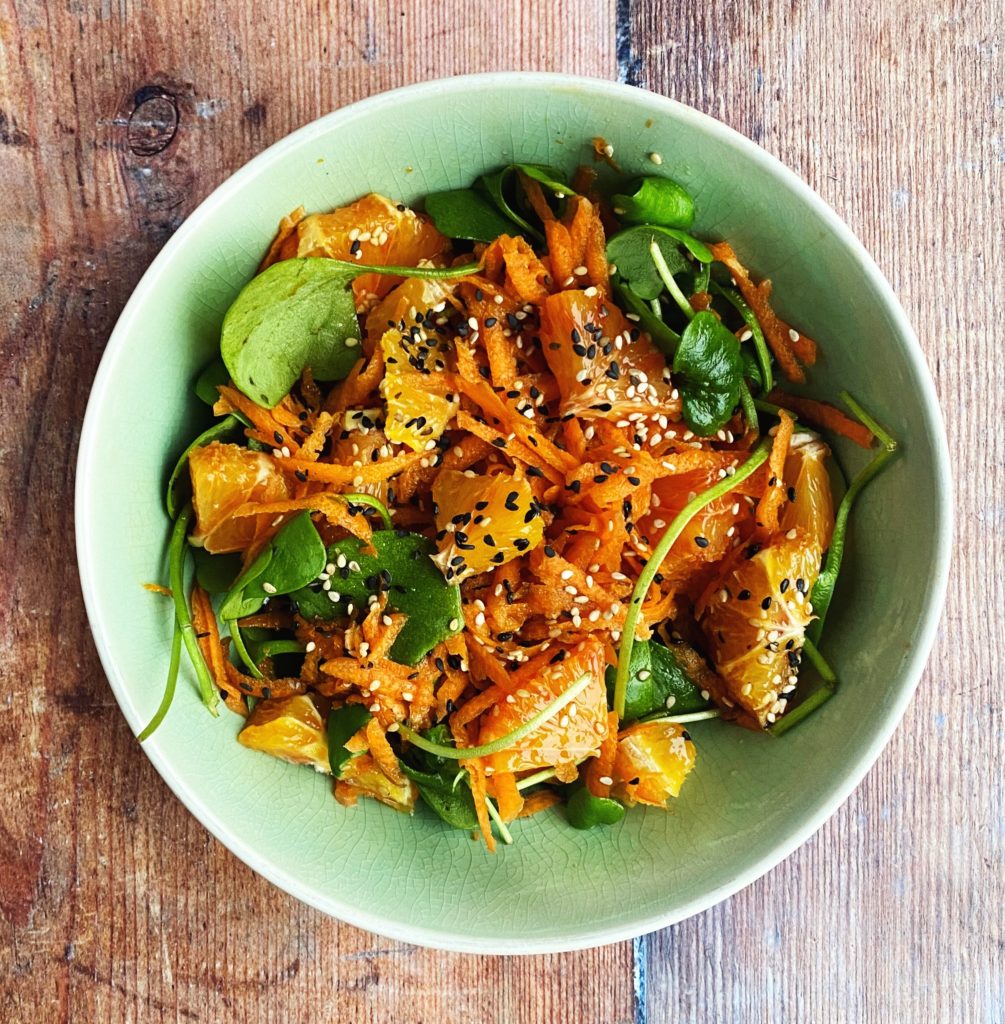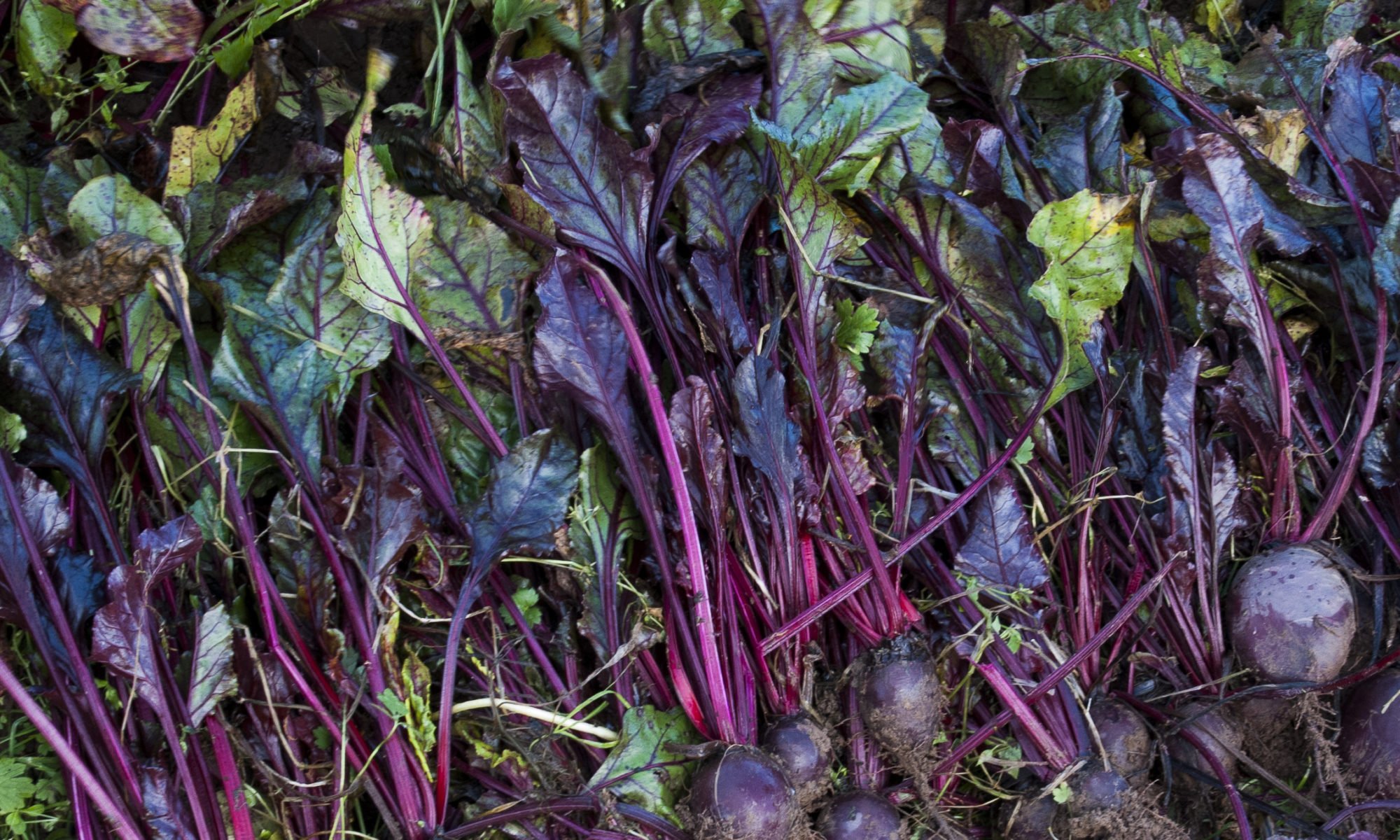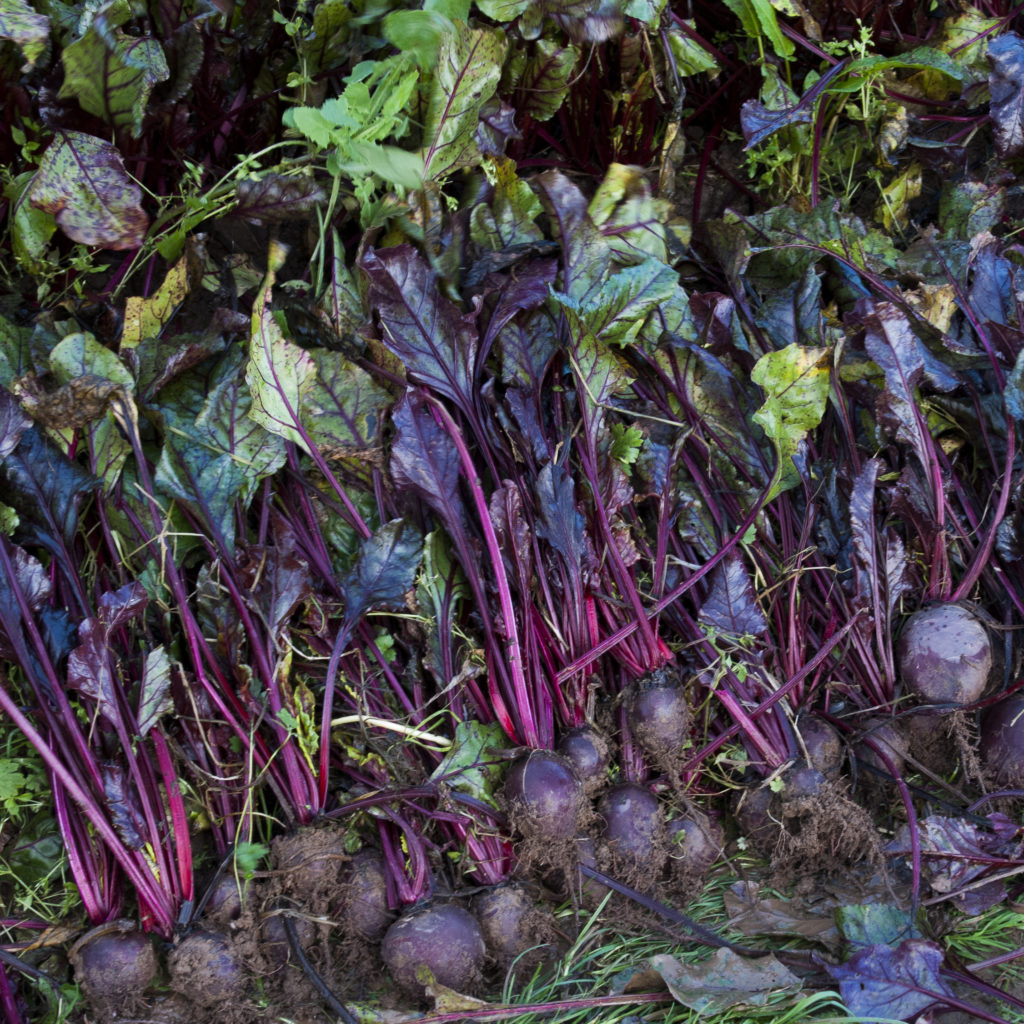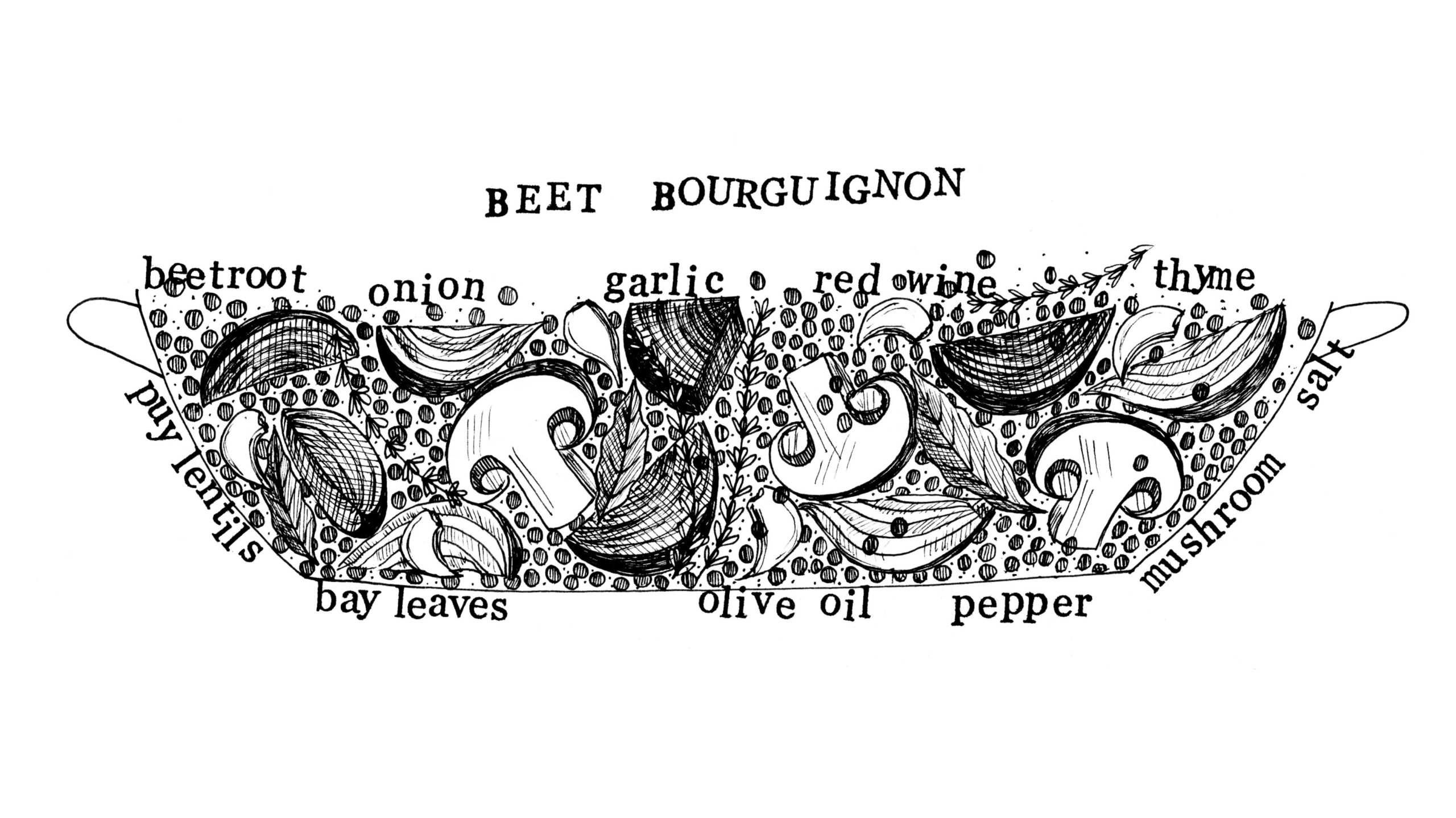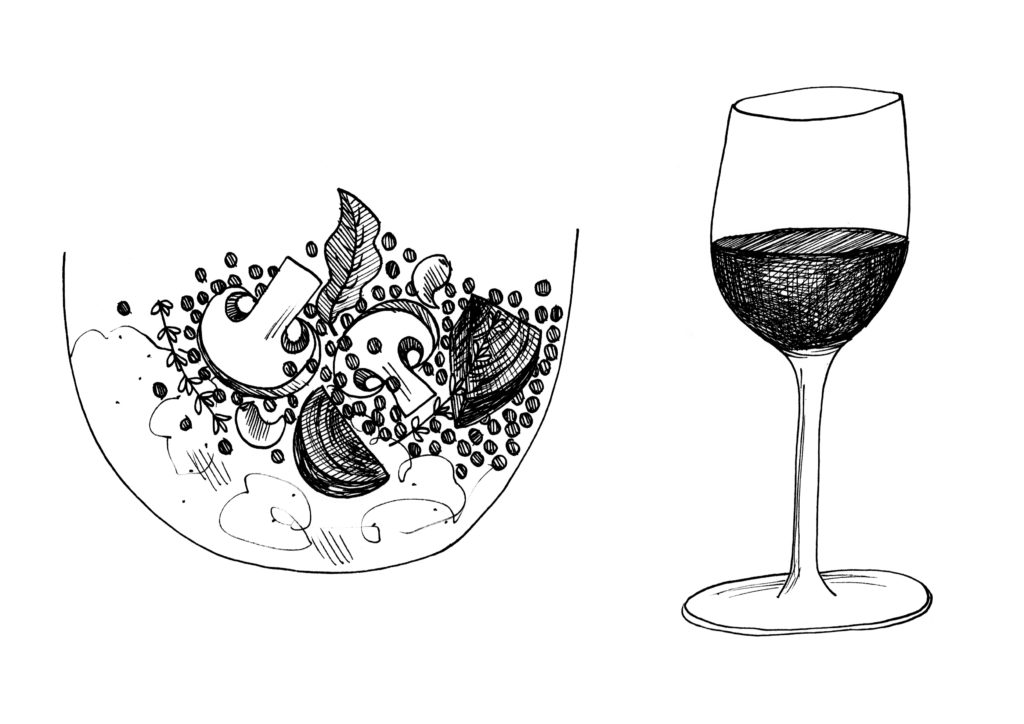
Every year it happens, we are waiting and waiting and then bang out of the blue it all starts again. I guess life is like that sometimes, we push and we shove and want to change things, and then when we finally just accept the ways things are (often because what we were doing was making no difference anyway) and least expect it things fall into place.
So it was this morning with my first farm walk in two weeks. We have been struggling with the dark closed in feeling of winter, and then this morning bright sunshine, singing birds, and life were evident all around.
The crops need to have our focus again, they are flying. We have the best kale harvest in years, our leeks are amazing as is the purple sprouting broccoli.
We are out in the fields everyday but today we start in earnest after we have finally shrugged off winters cloak.

Nature is very subtle, we are always on the watch for change, and somehow just suddenly it changes without you noticing. Like a seed germinating, one day it is a seed and the next it is a plant is has germinated, just like that, this is the miracle and power of nature. It is the same with the kale regrowing, it just happens when the time is right. Or the birds singing a spring morning chorus they just begin, and wow were they out in force this morning.
I get excited at this time of the year, the start of a new growing season and the challenges and opportunities it brings fill me with hope for the year.
It is a natural cycle and as we emerge from the dark winter months there is a sense at least on the farm of a new slate, a fresh start, a chance to begin the journey anew.
Nature is wonderful like that, and up until this period in man’s history it has been stable and consistent. I read this morning that the Gulf Stream which here in Northern Europe we rely on for our stable weather patterns is not in good shape.
These complex global climate regulation mechanisms are hard to understand I would imagine, but there are clear signs that climate stability all over our one and only beautiful home is being compromised.

I do admit to getting frustrated with the slow pace of change, it doesn’t make sense to me. There is a phenomenal opportunity now to take the risk and invest in Green Energy, to cut consumption and do so much more. We as a small farm have done it, and we as a small country can do it.
But maybe it is like the kale regrowing or the seed germinating, you can’t force the seed to grow faster or the kale to appear faster, but all of a sudden without even noticing it has changed.
Maybe that is happening now too with movement to cut consumption, power our lives with green energy, moving to more plant-based diets, all these things are happening.
The most amazing thing is you are causing this change by supporting us.
Thank you.
Kenneth


